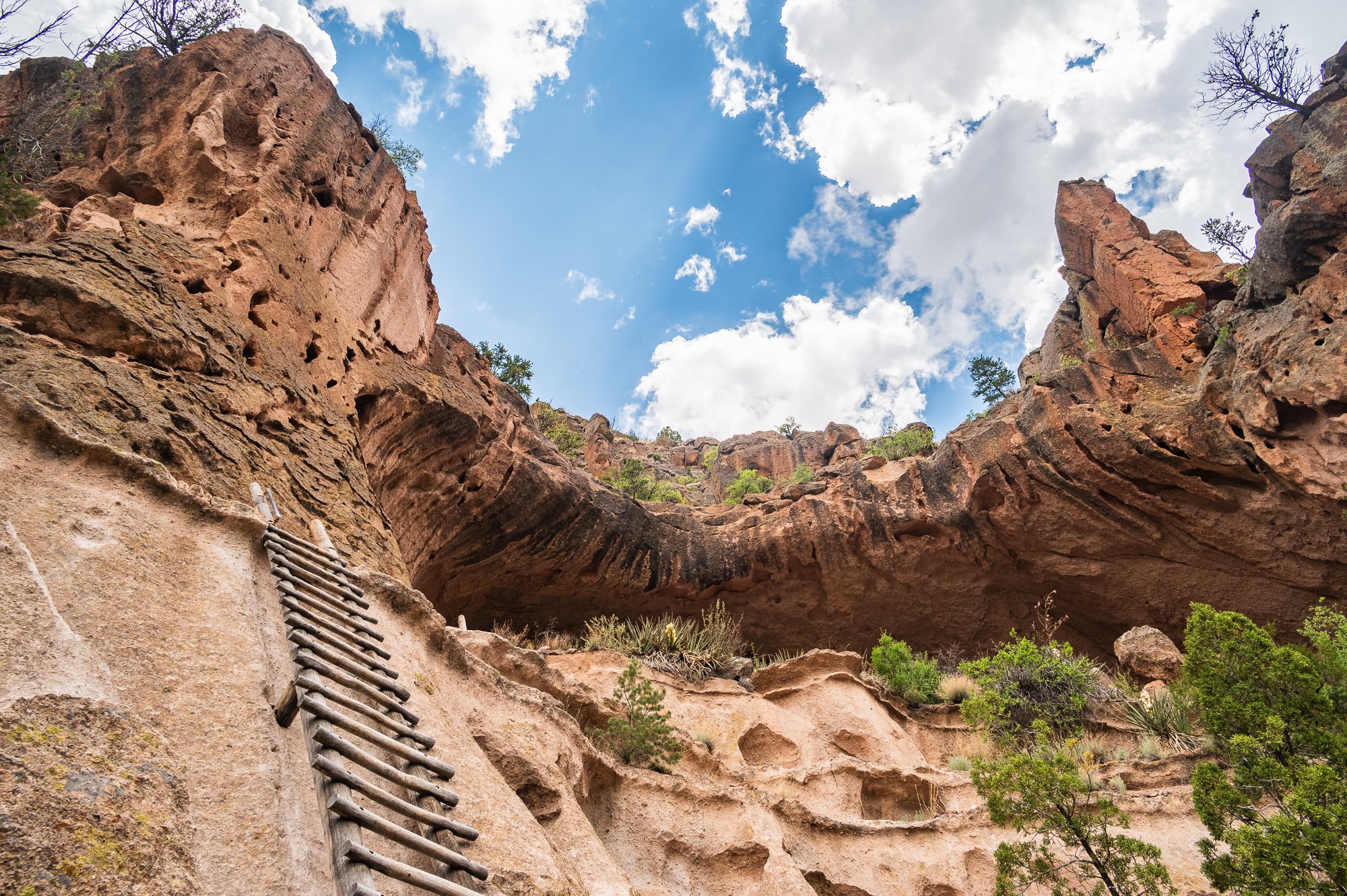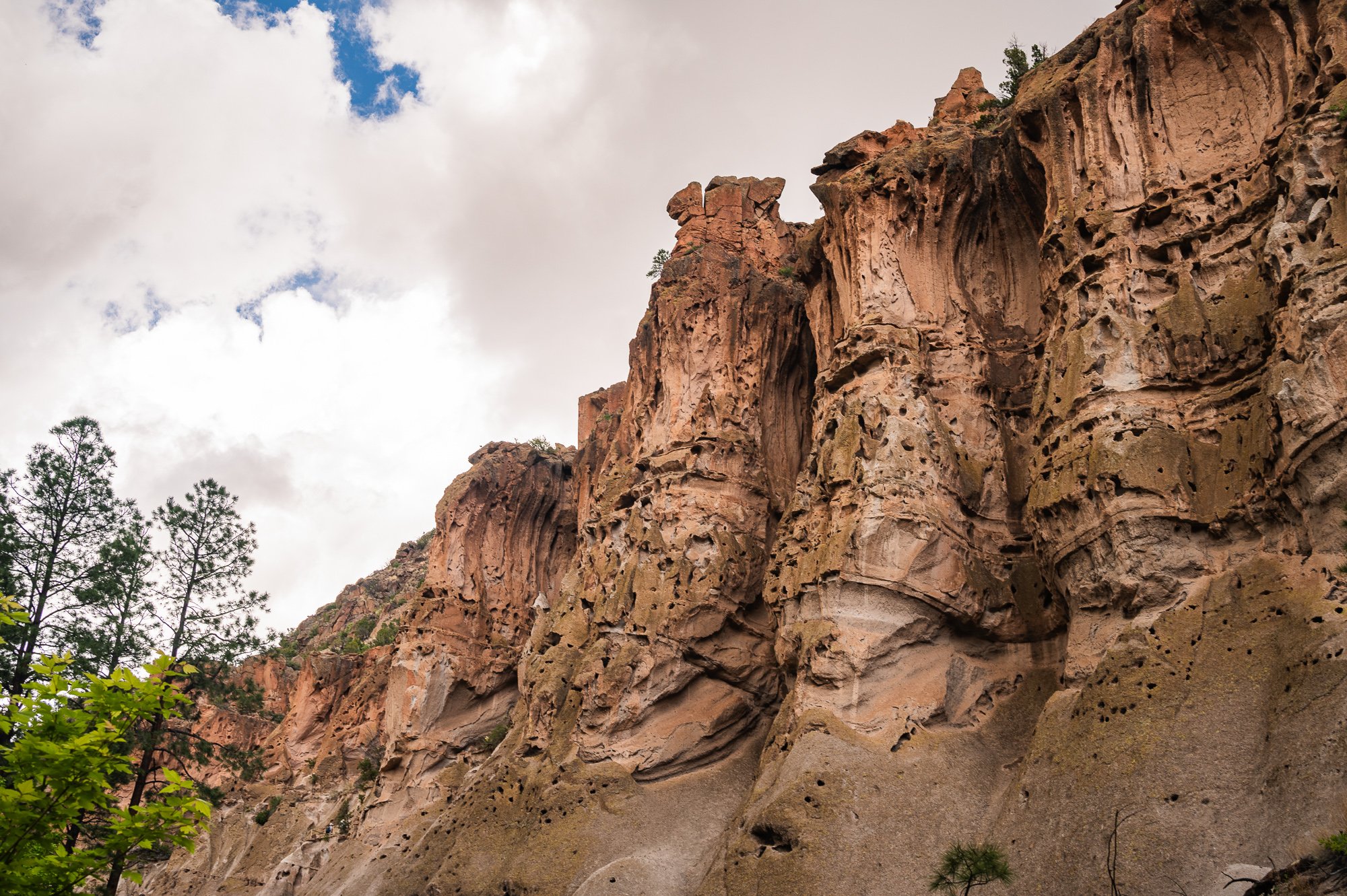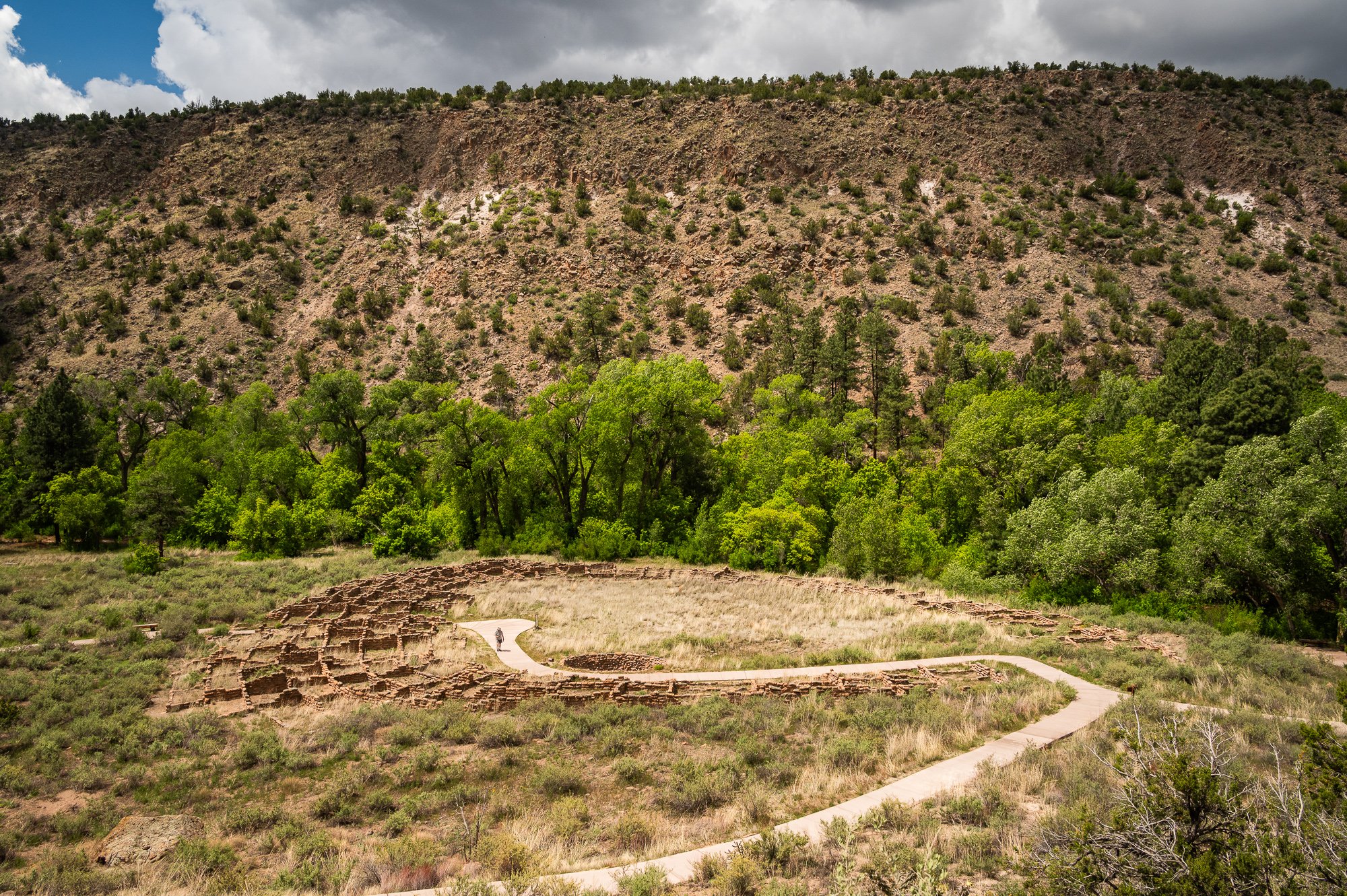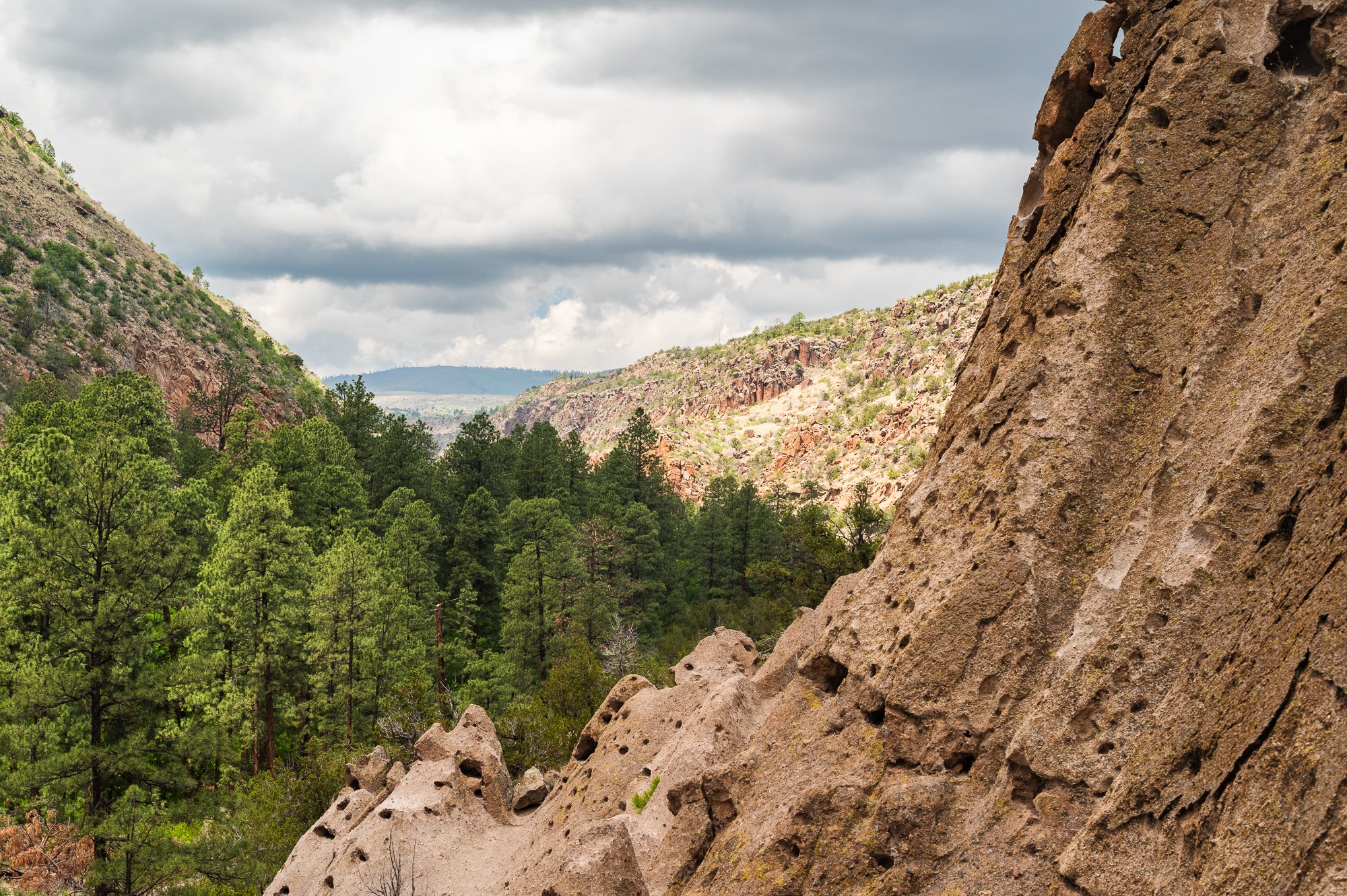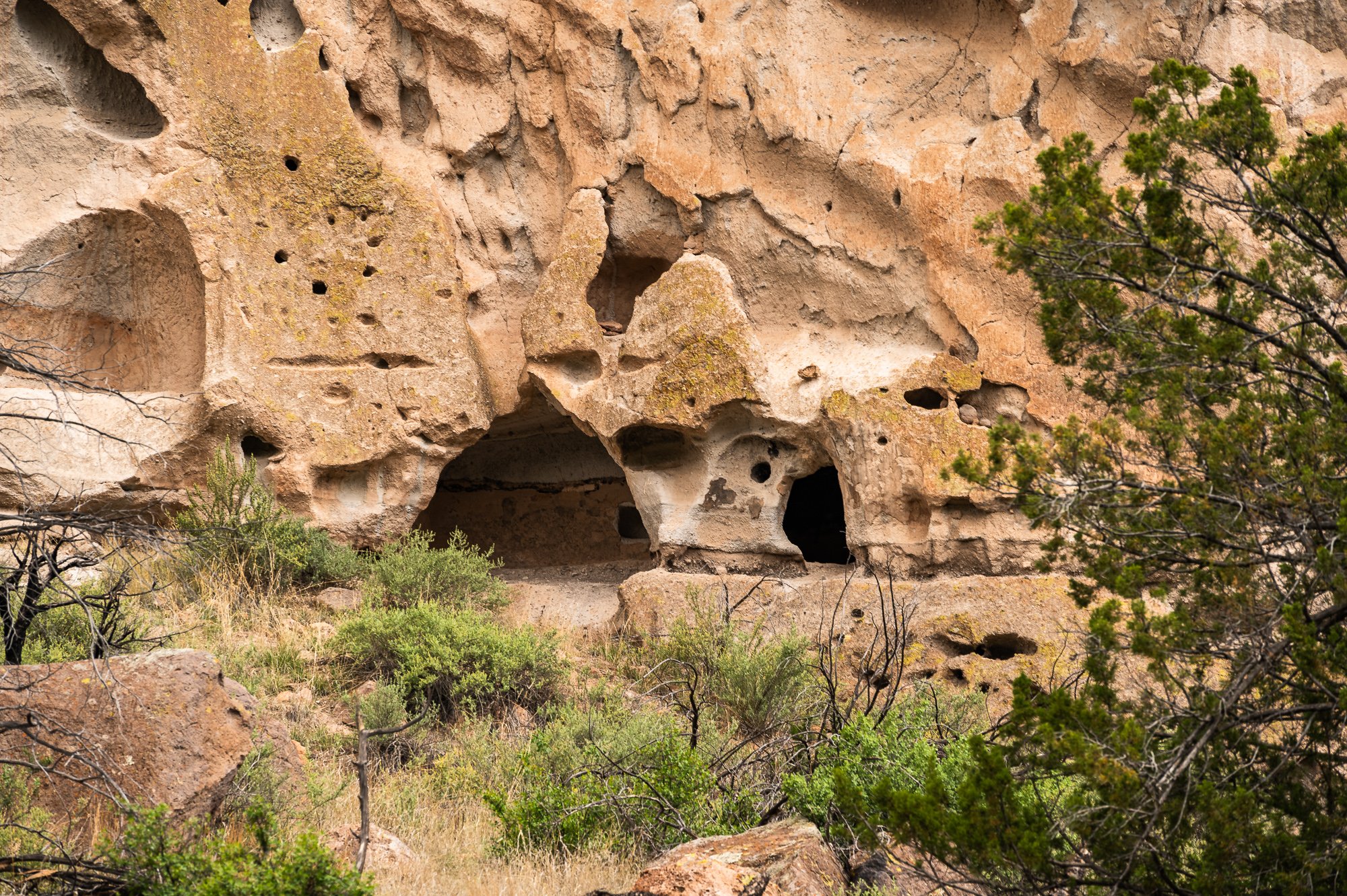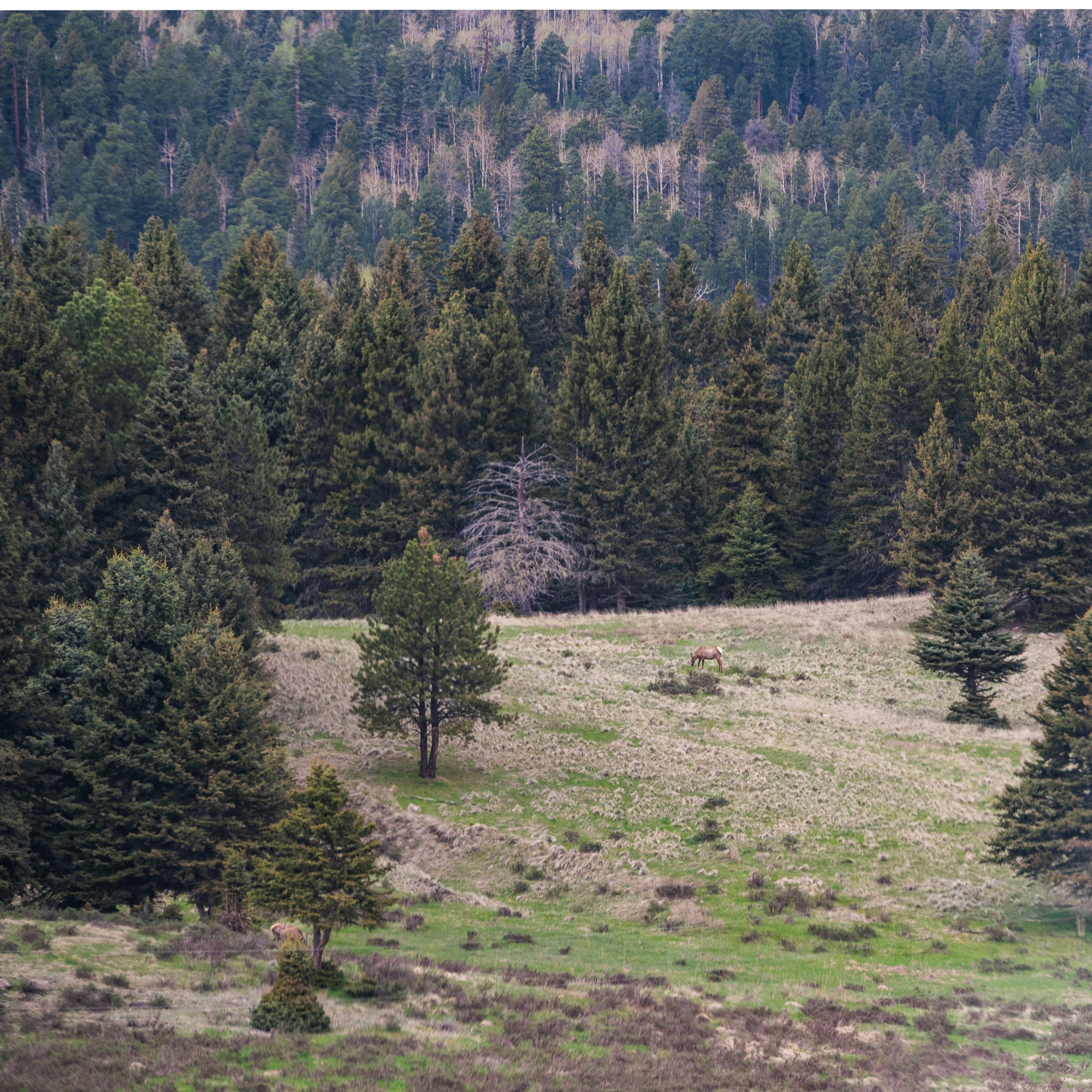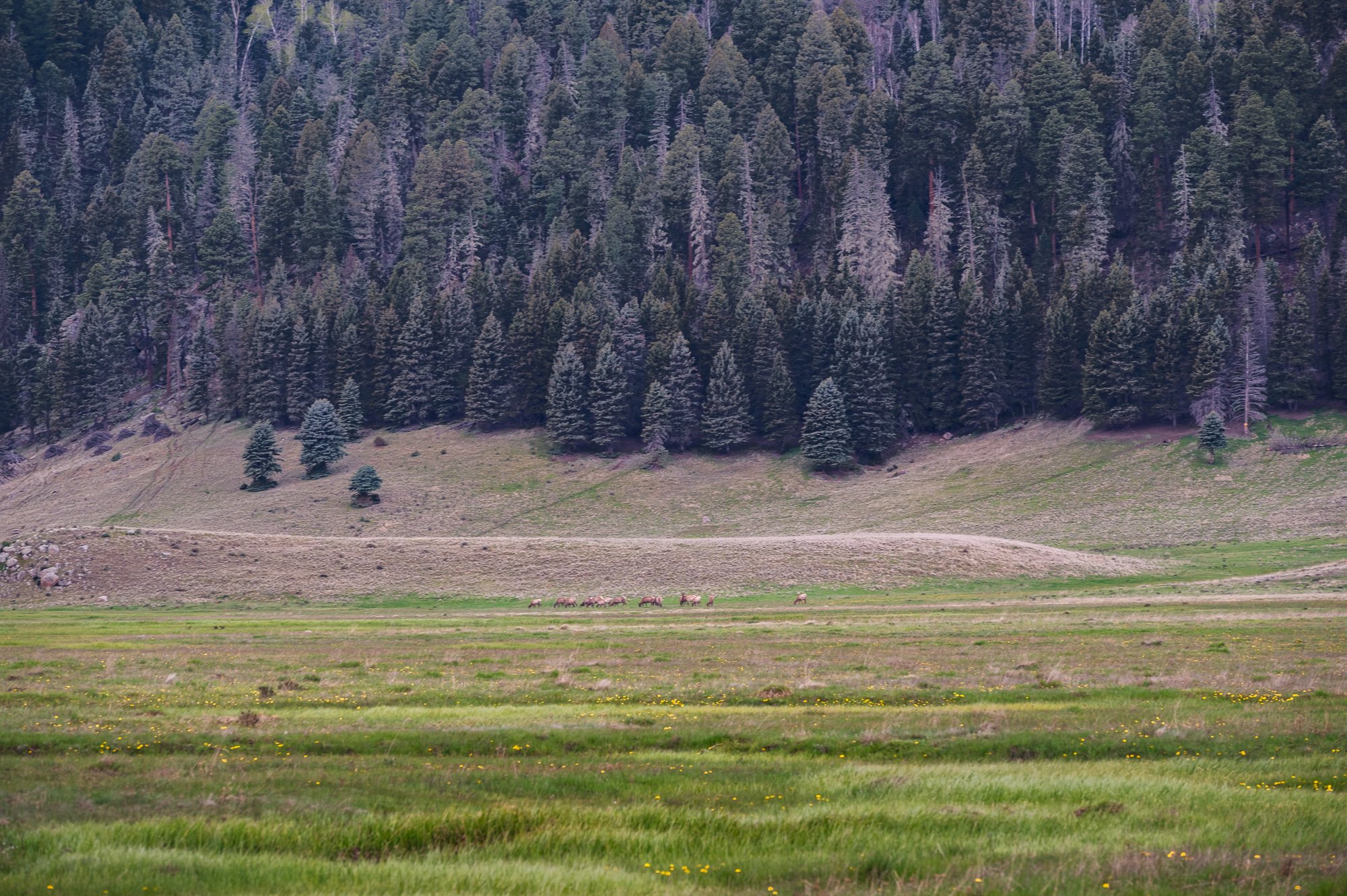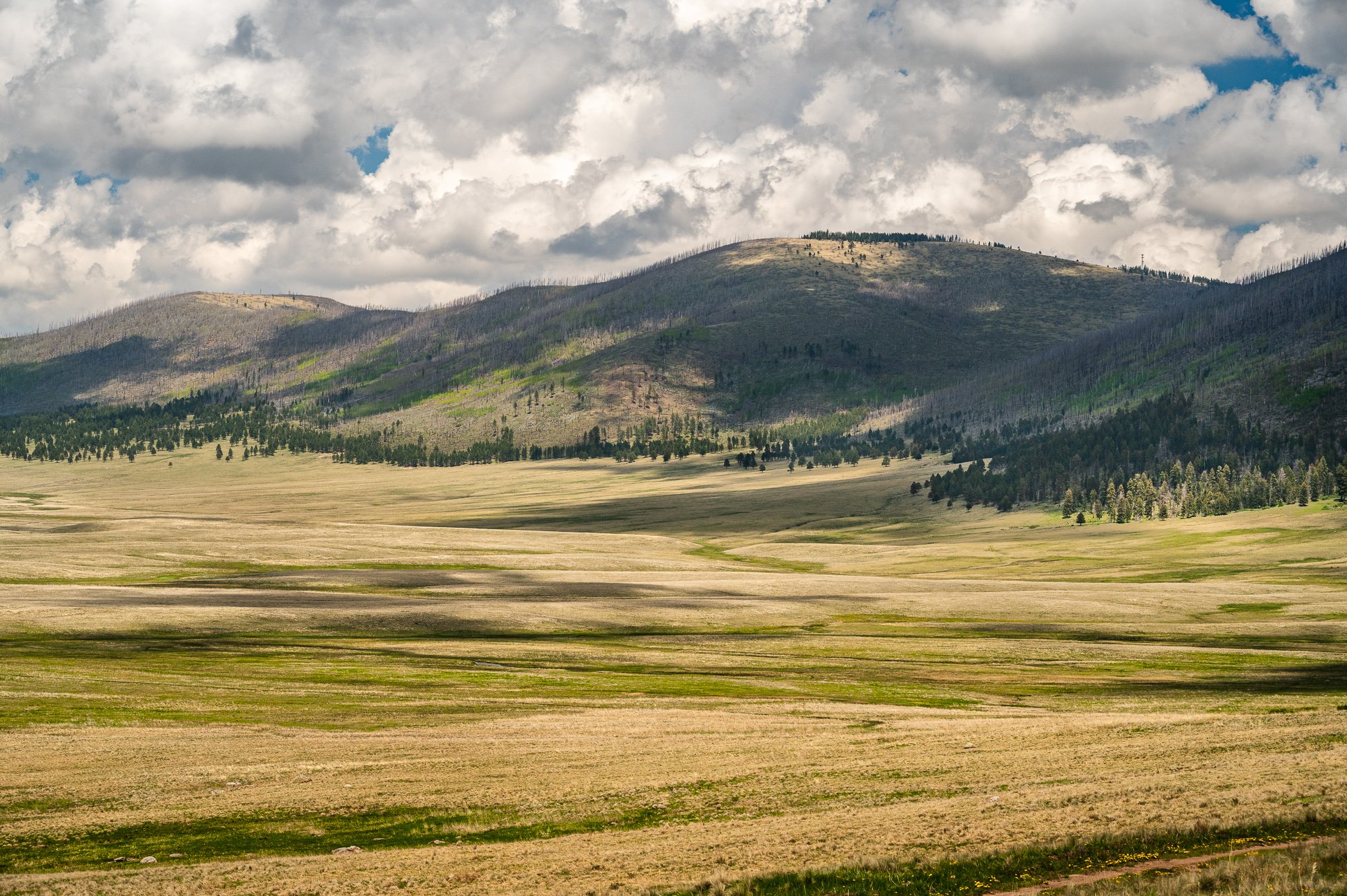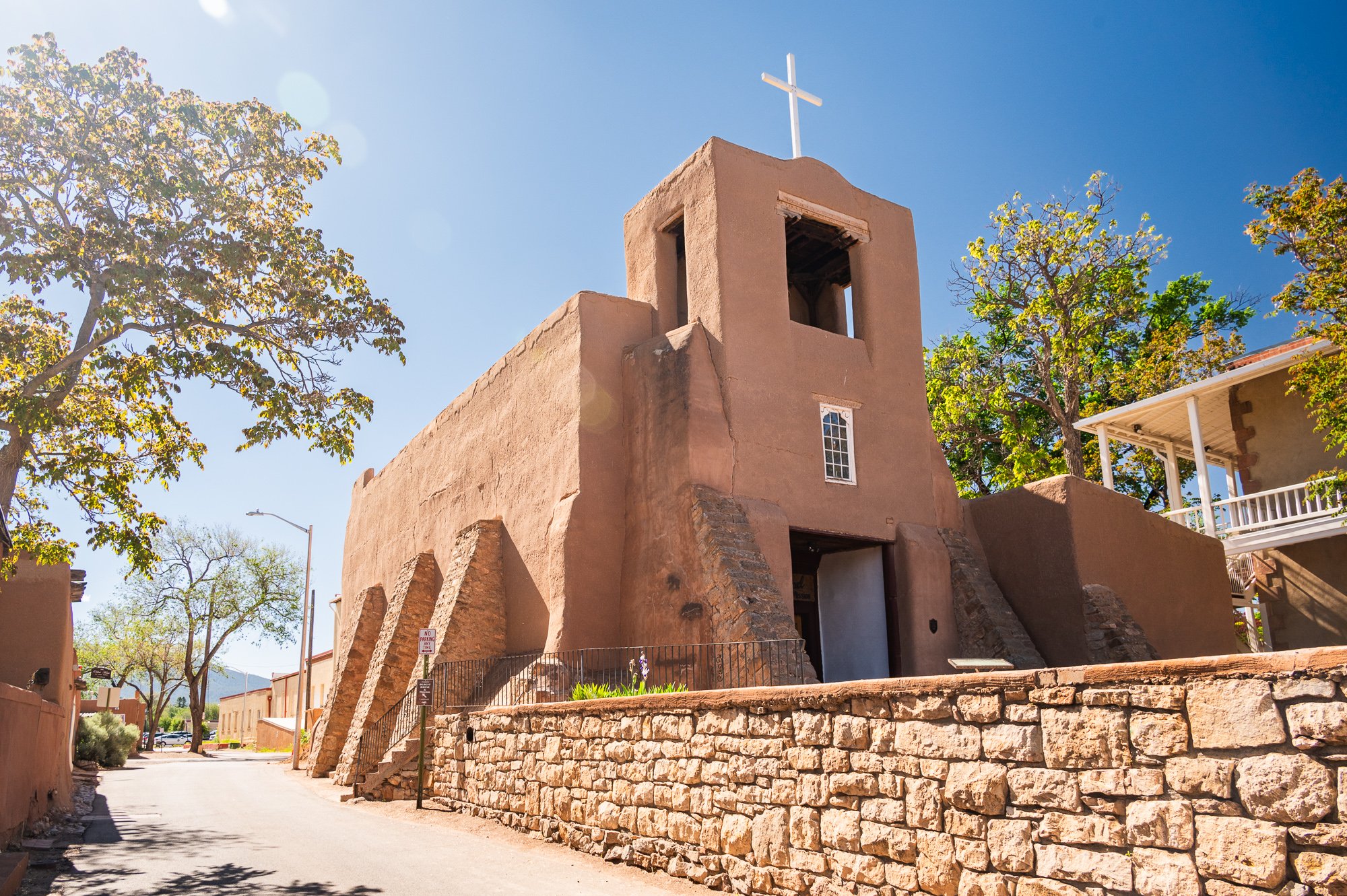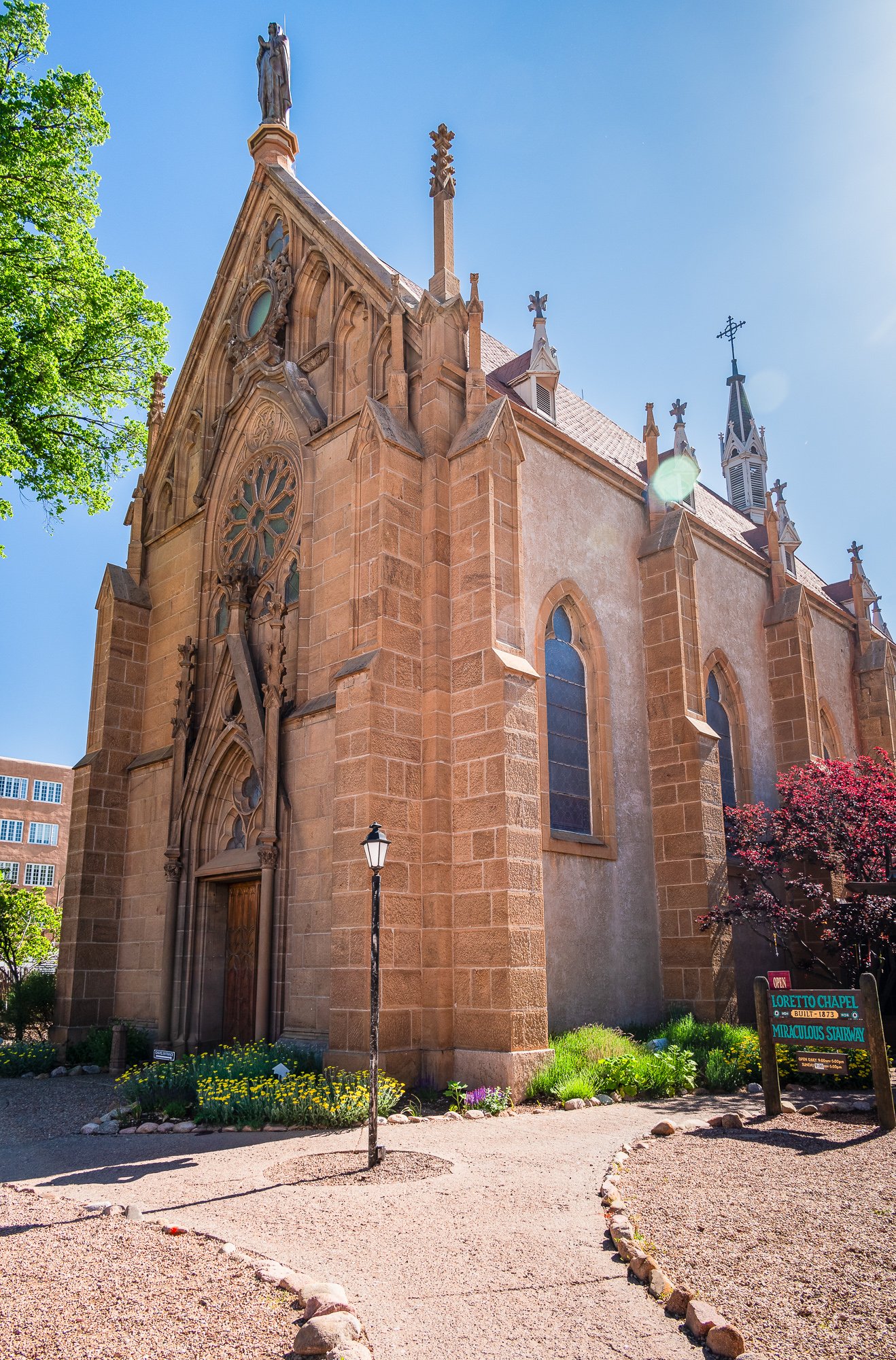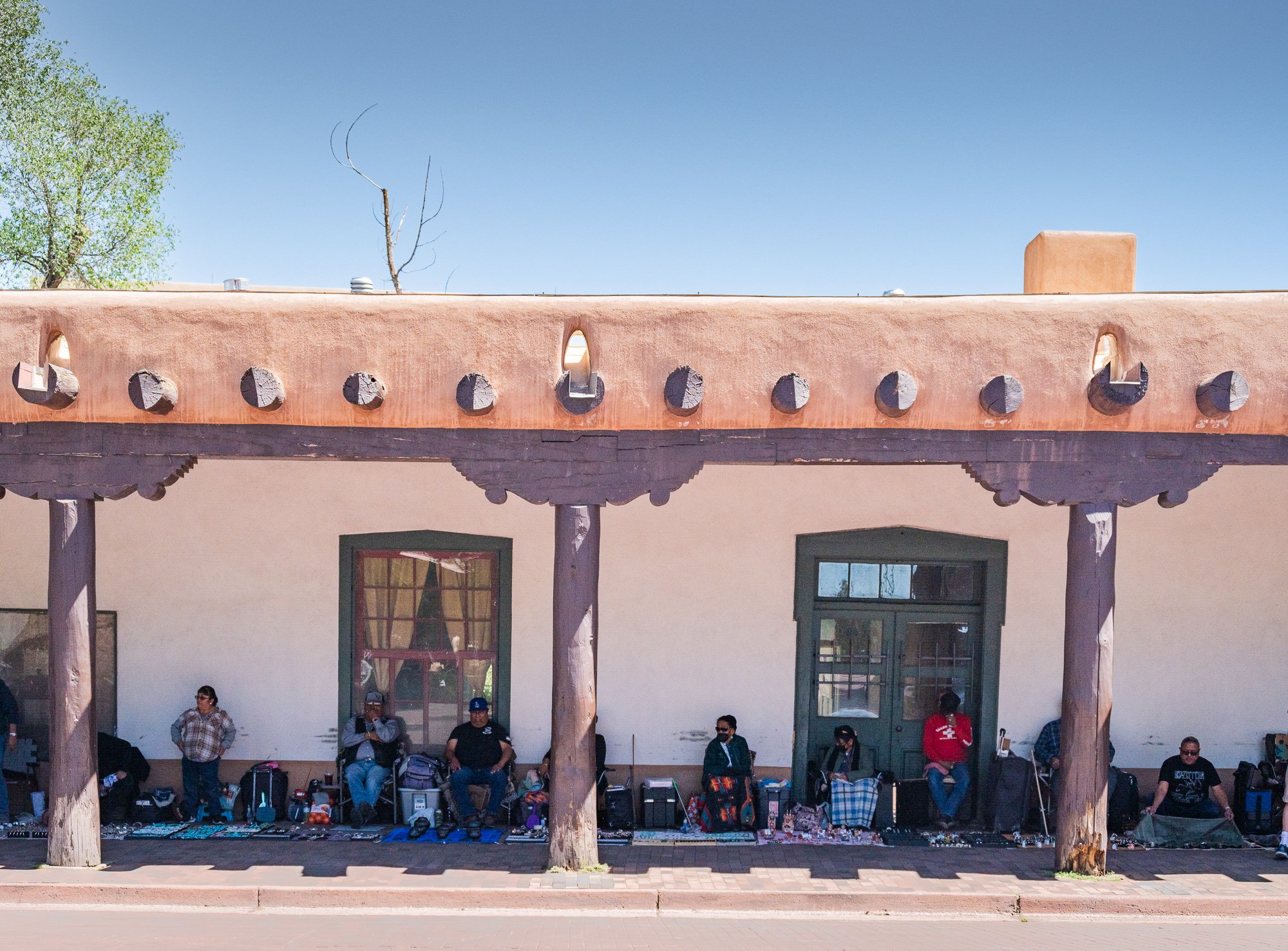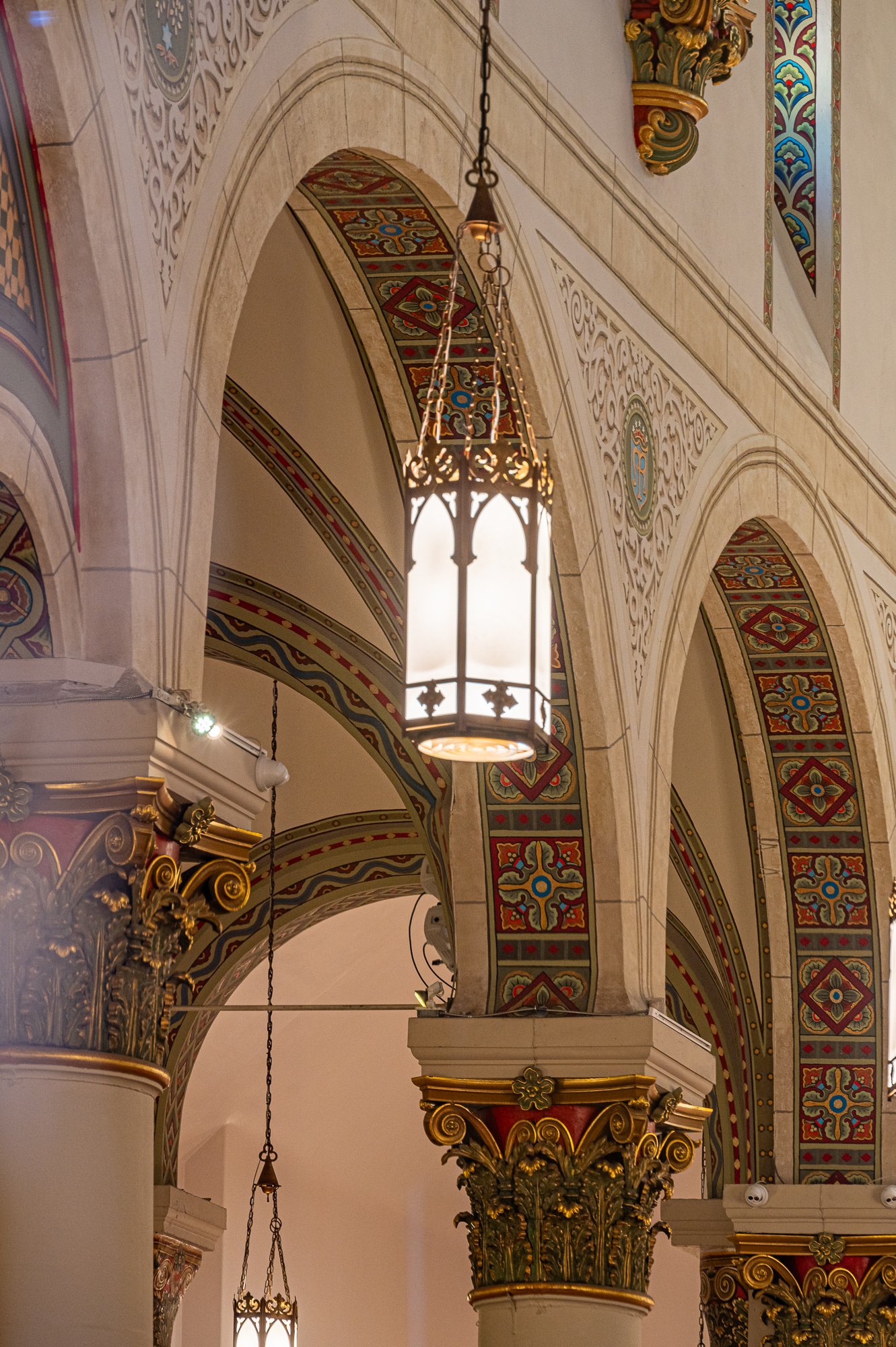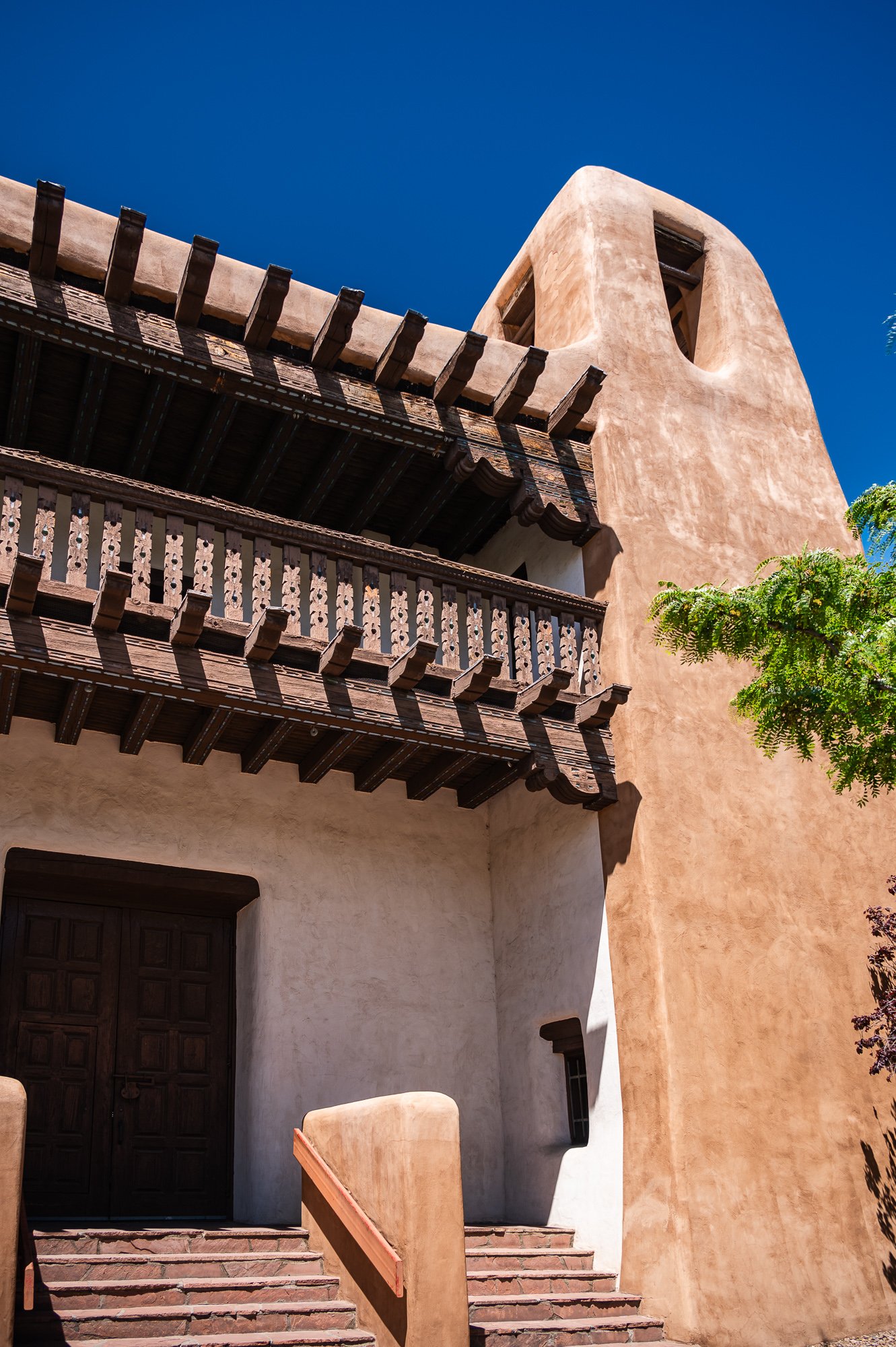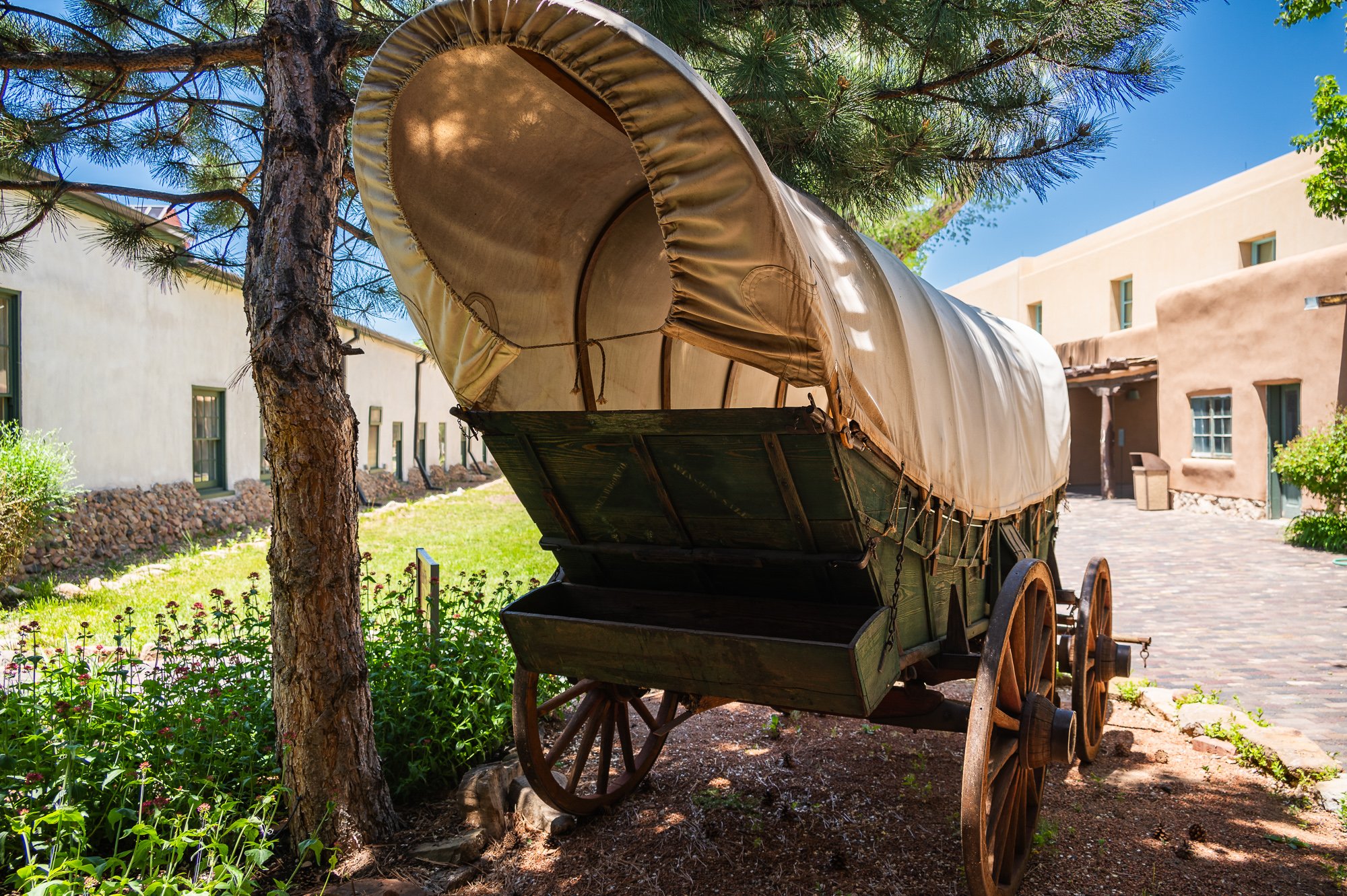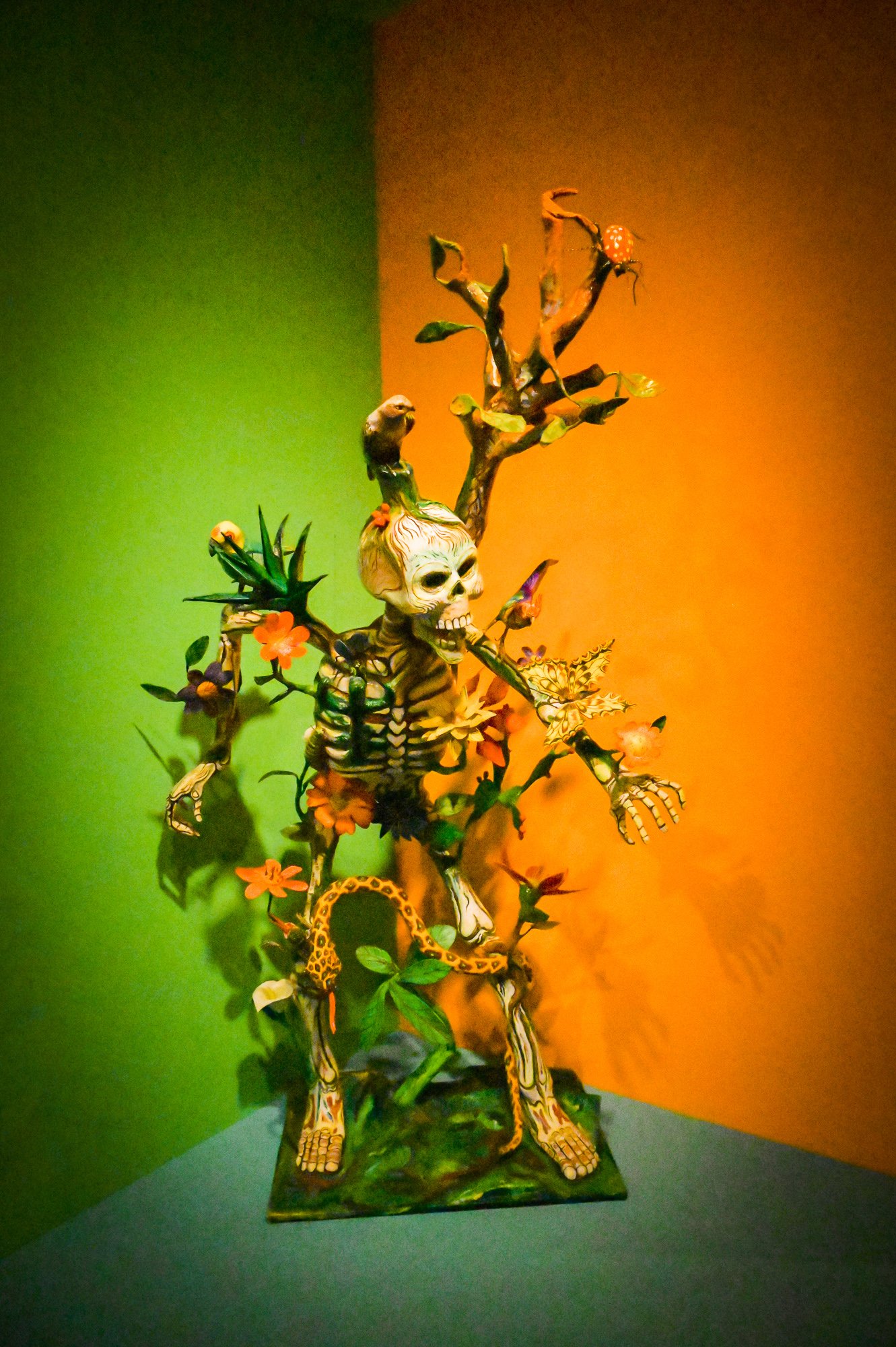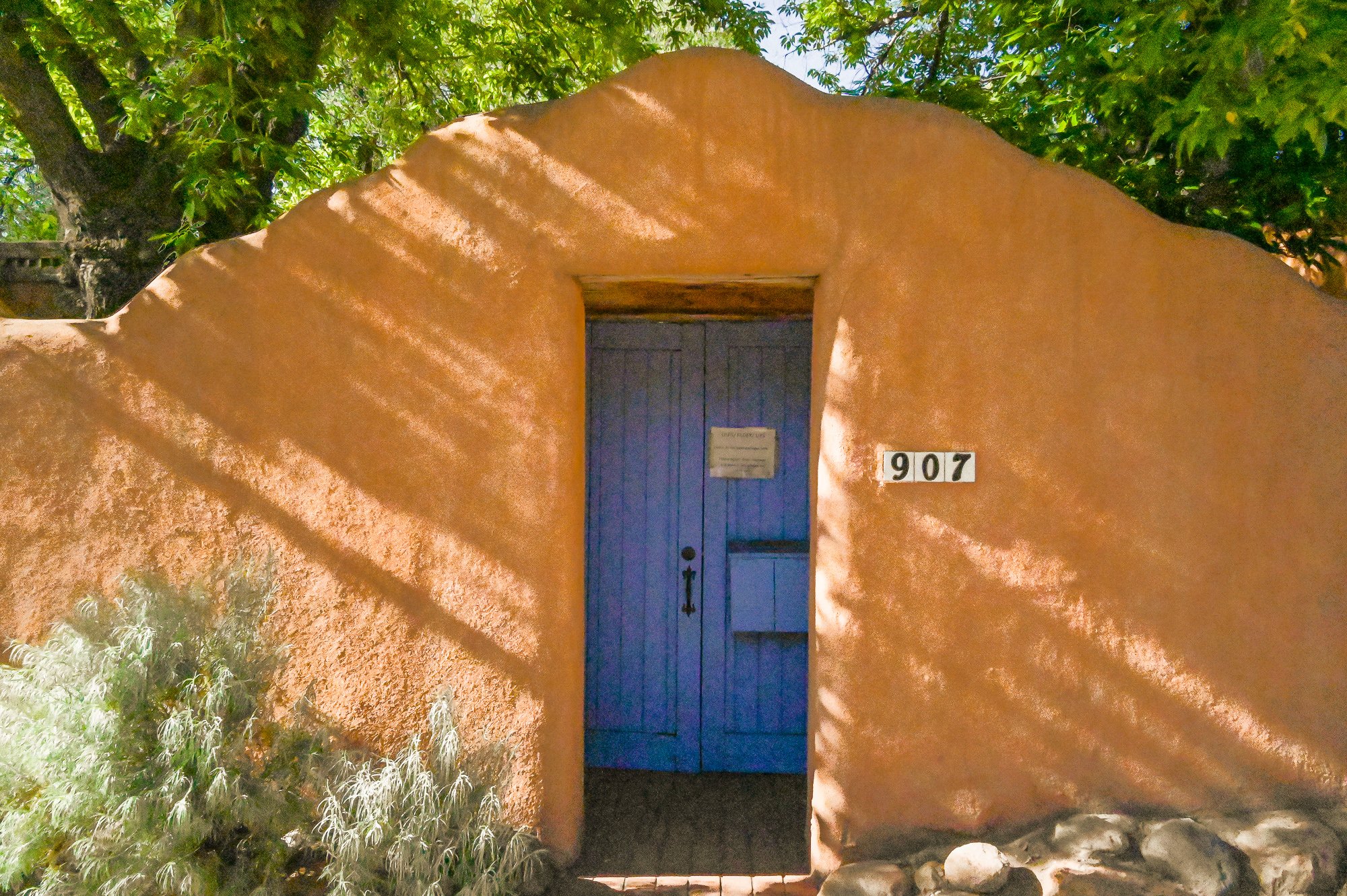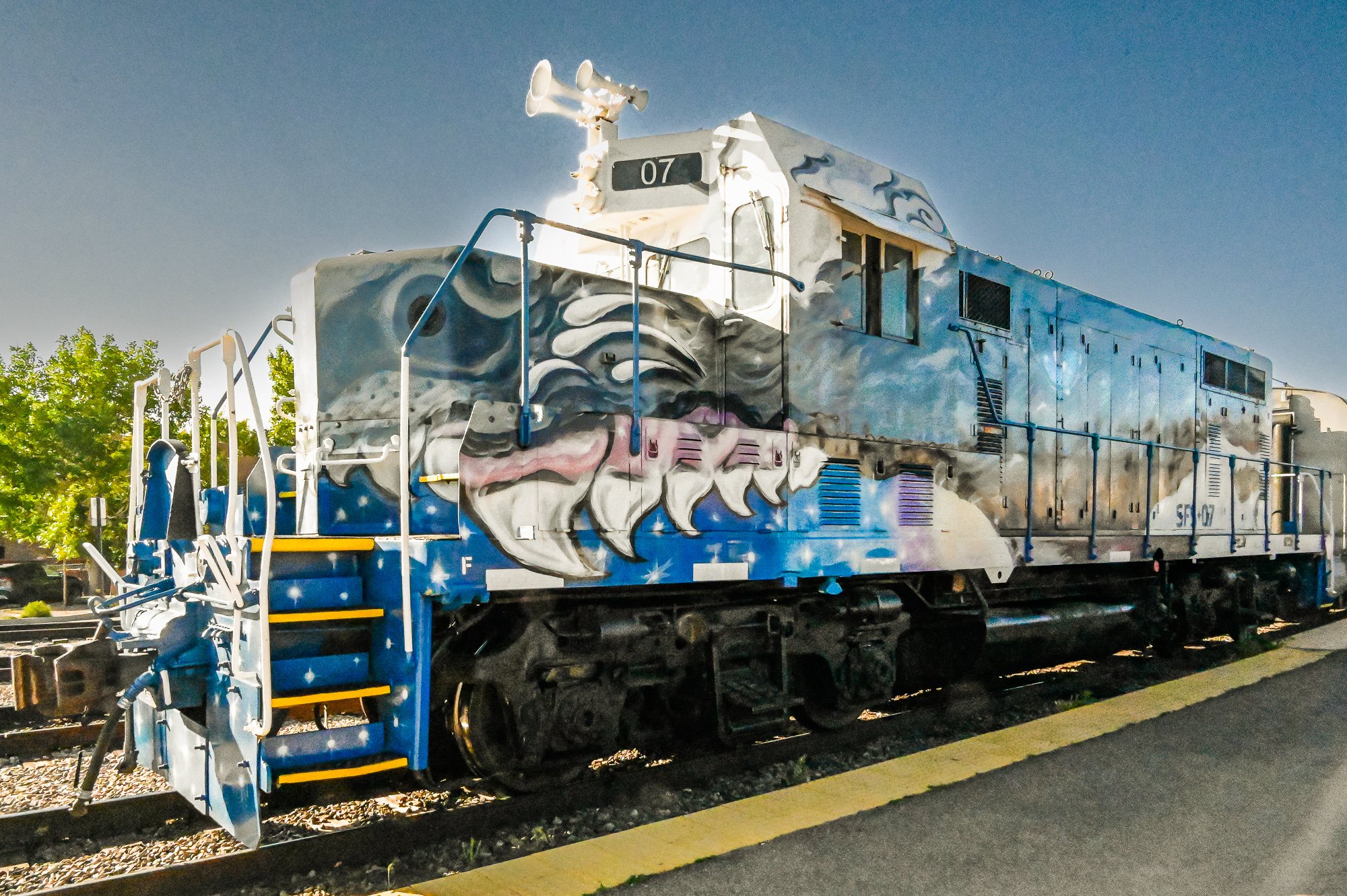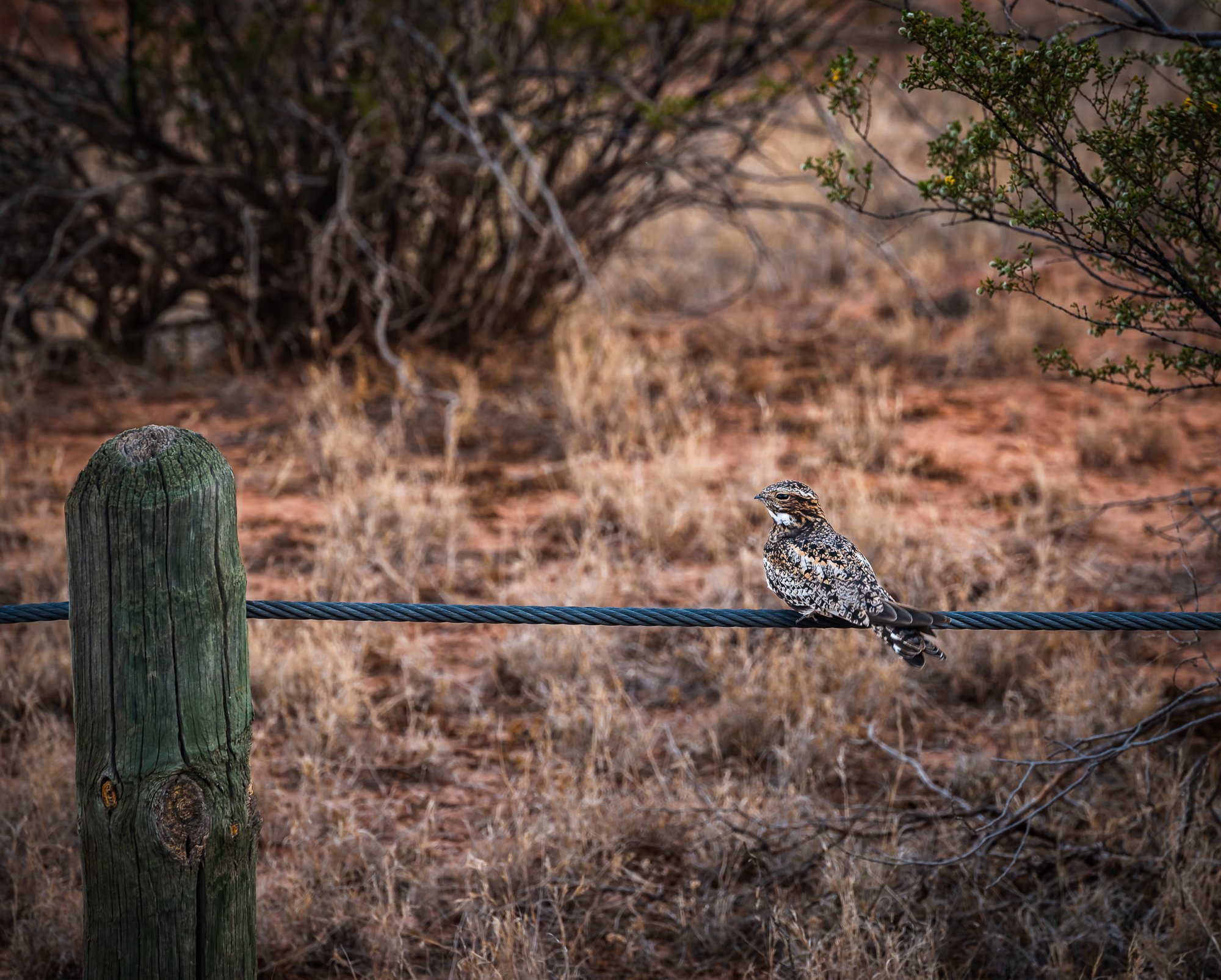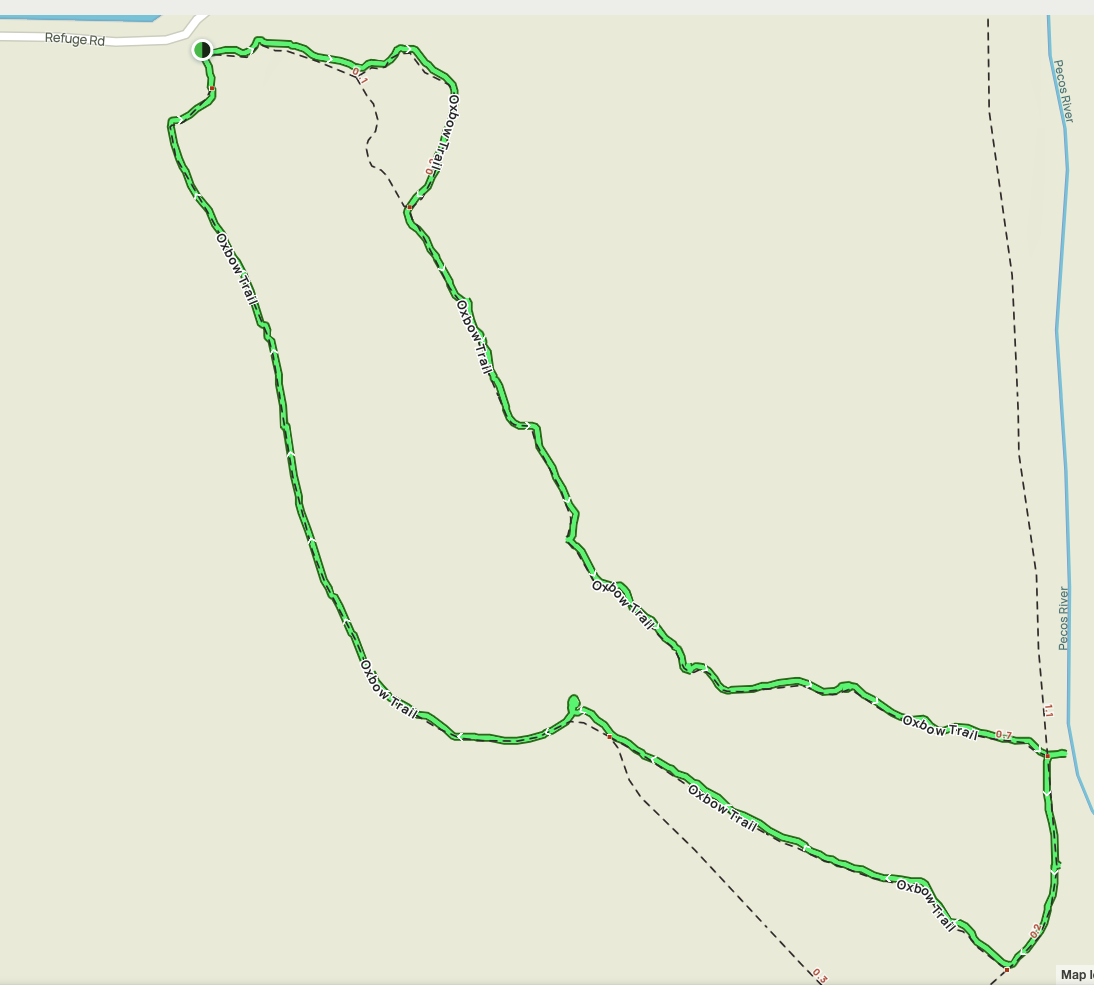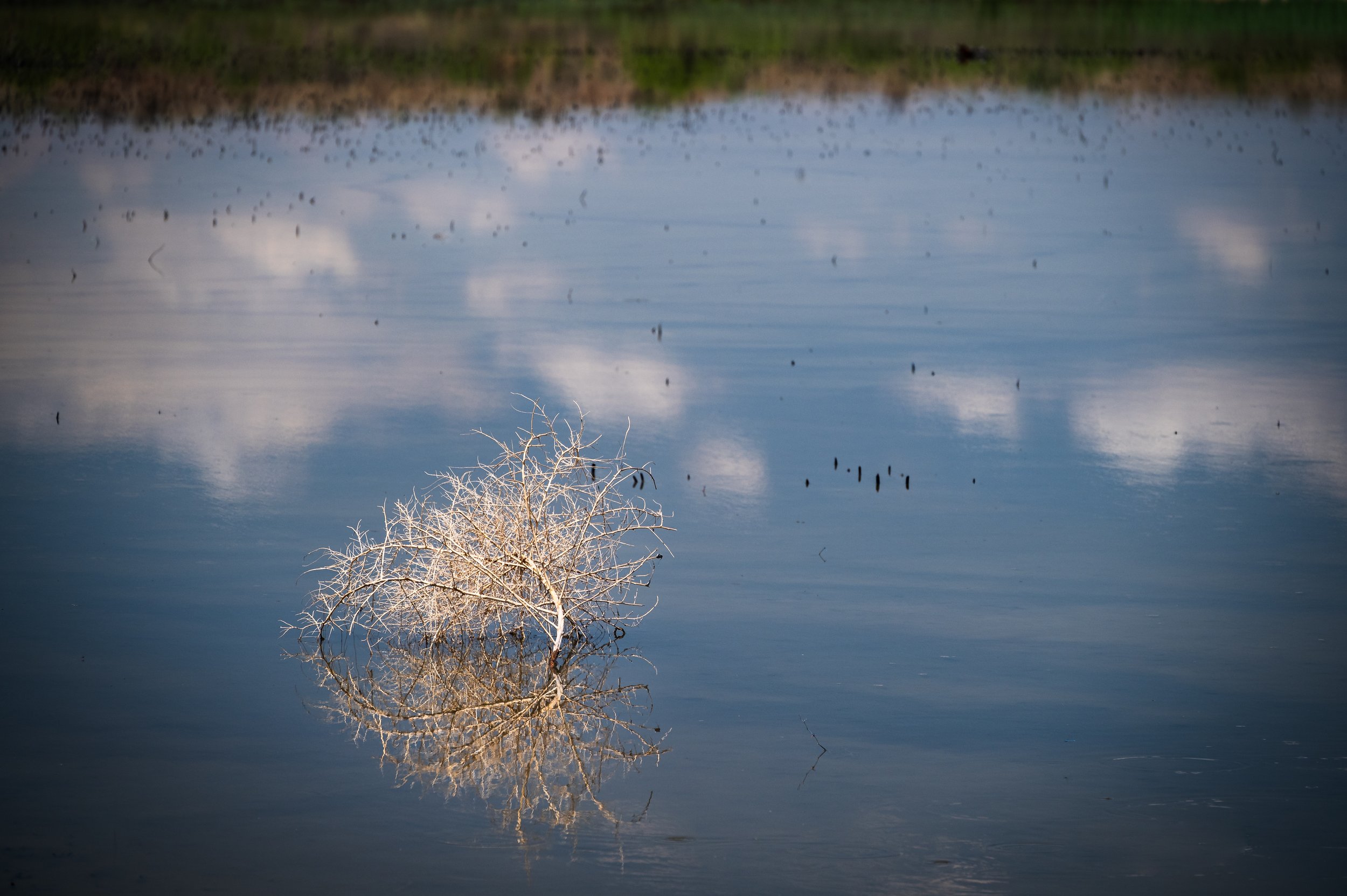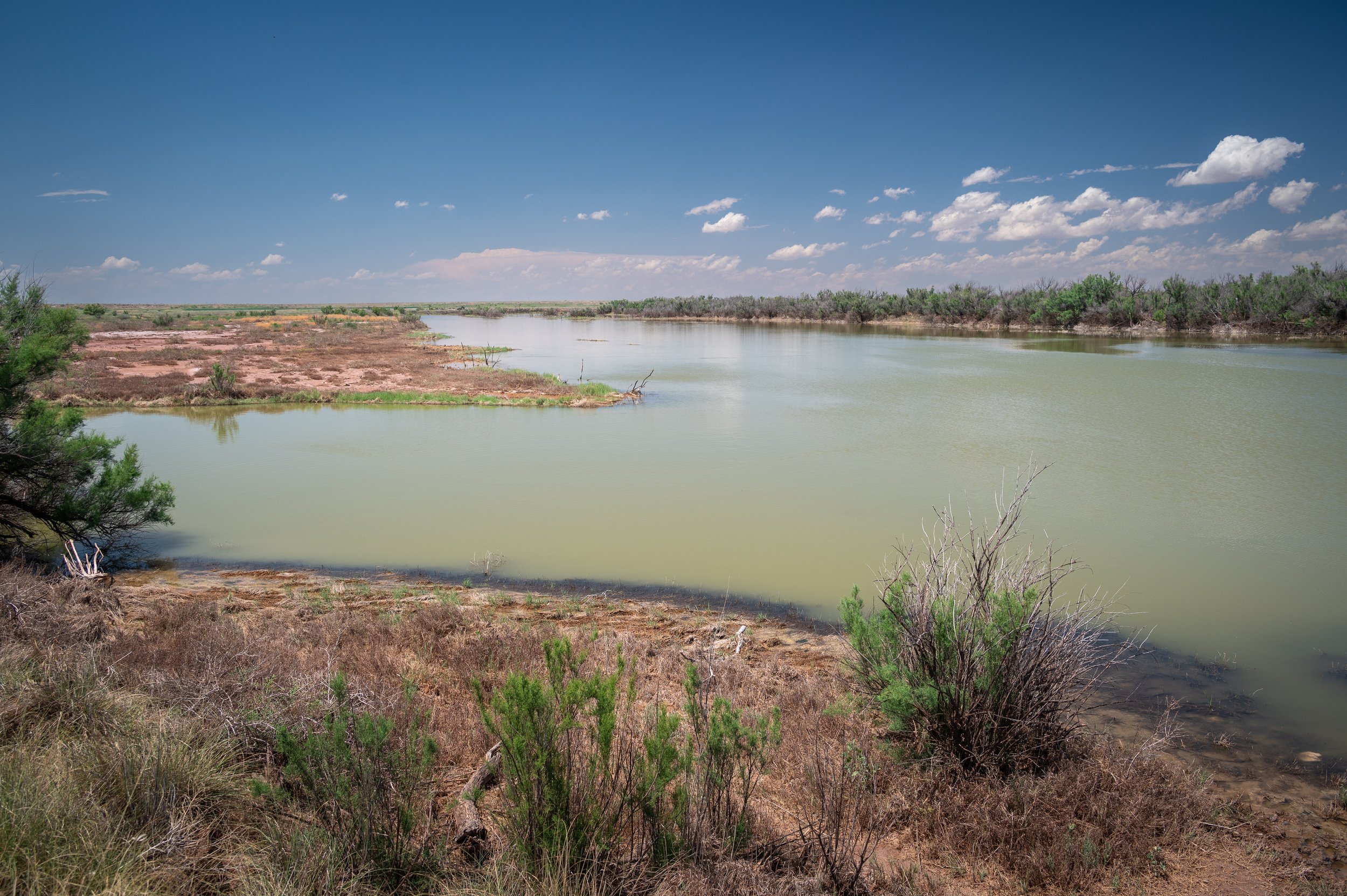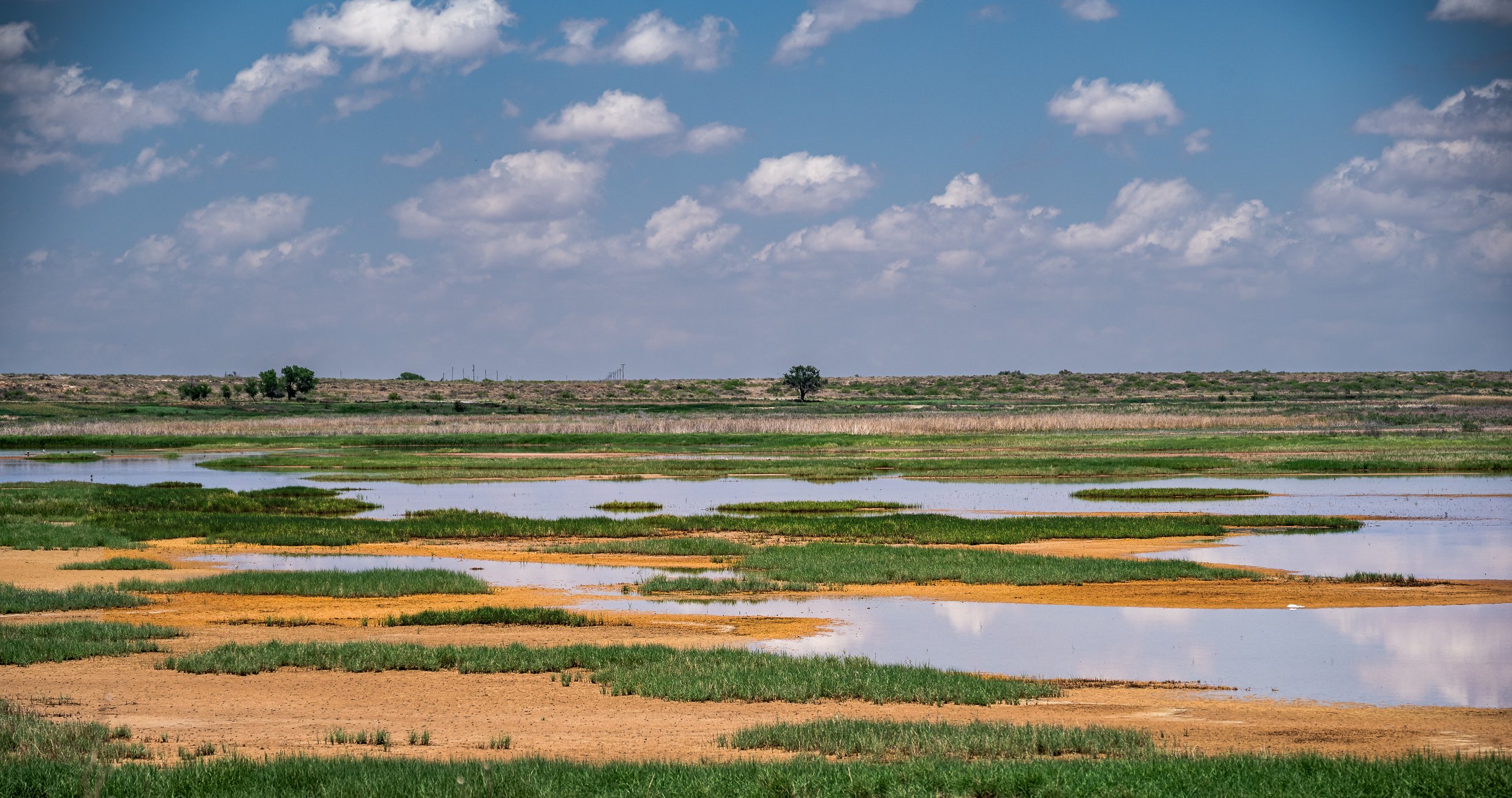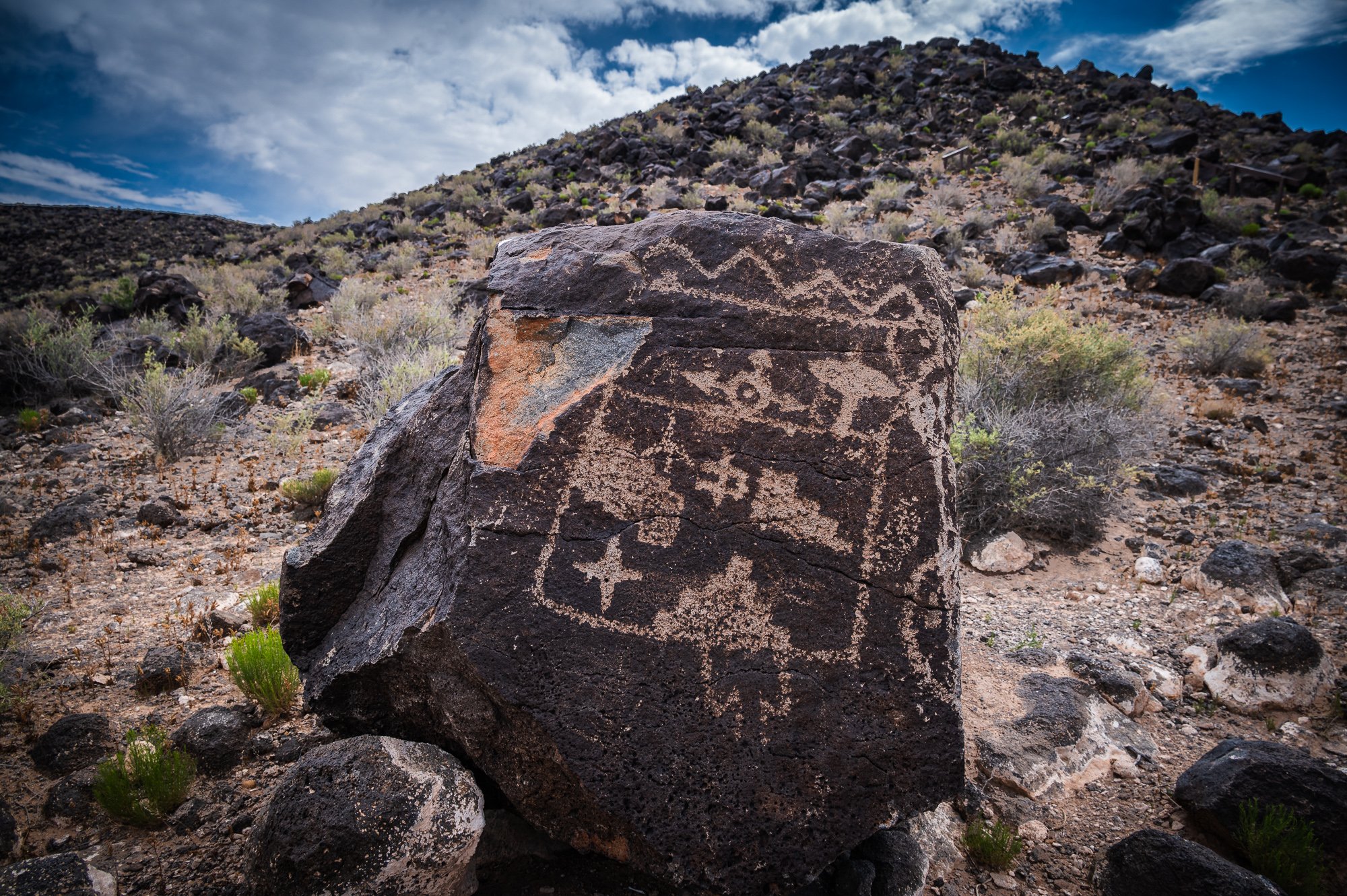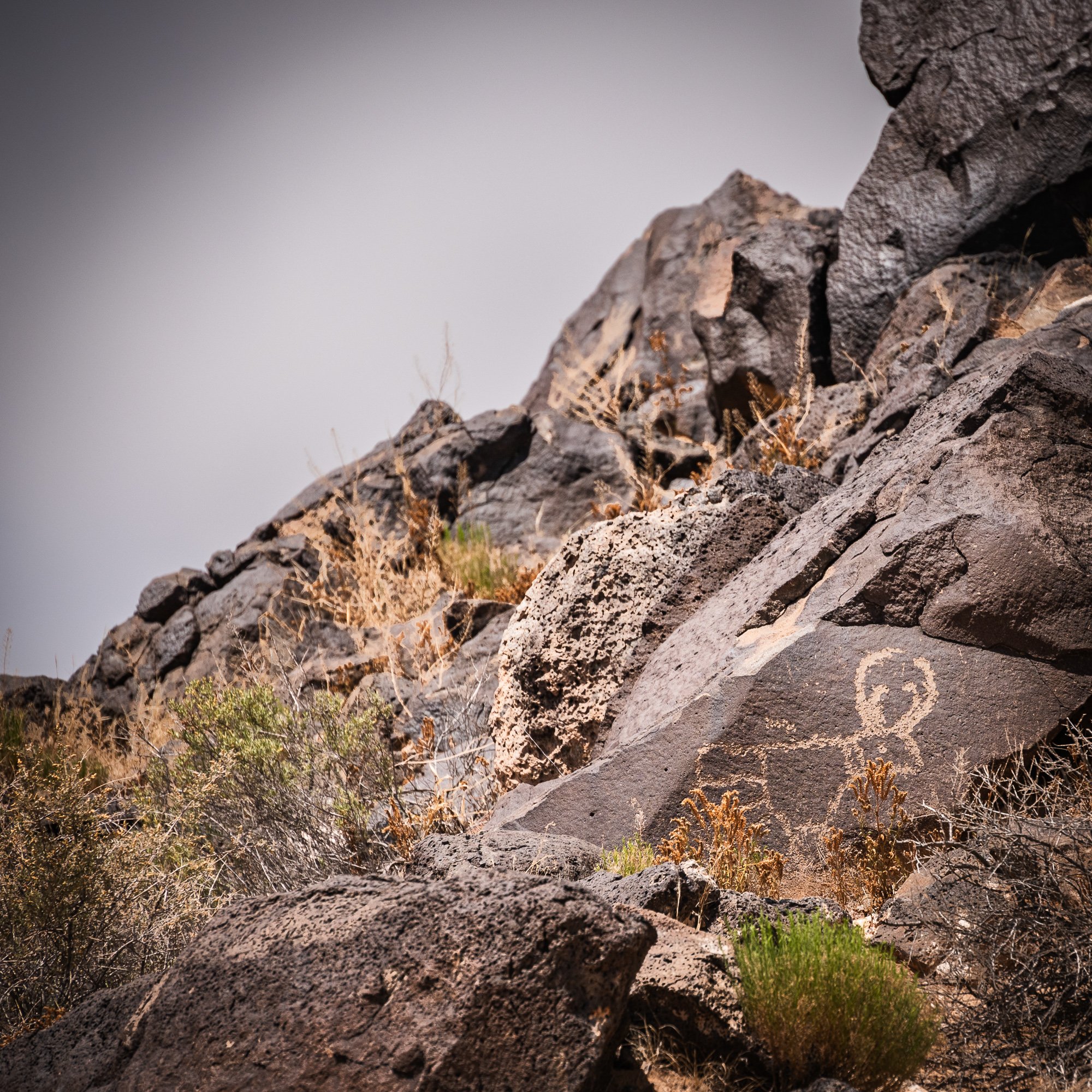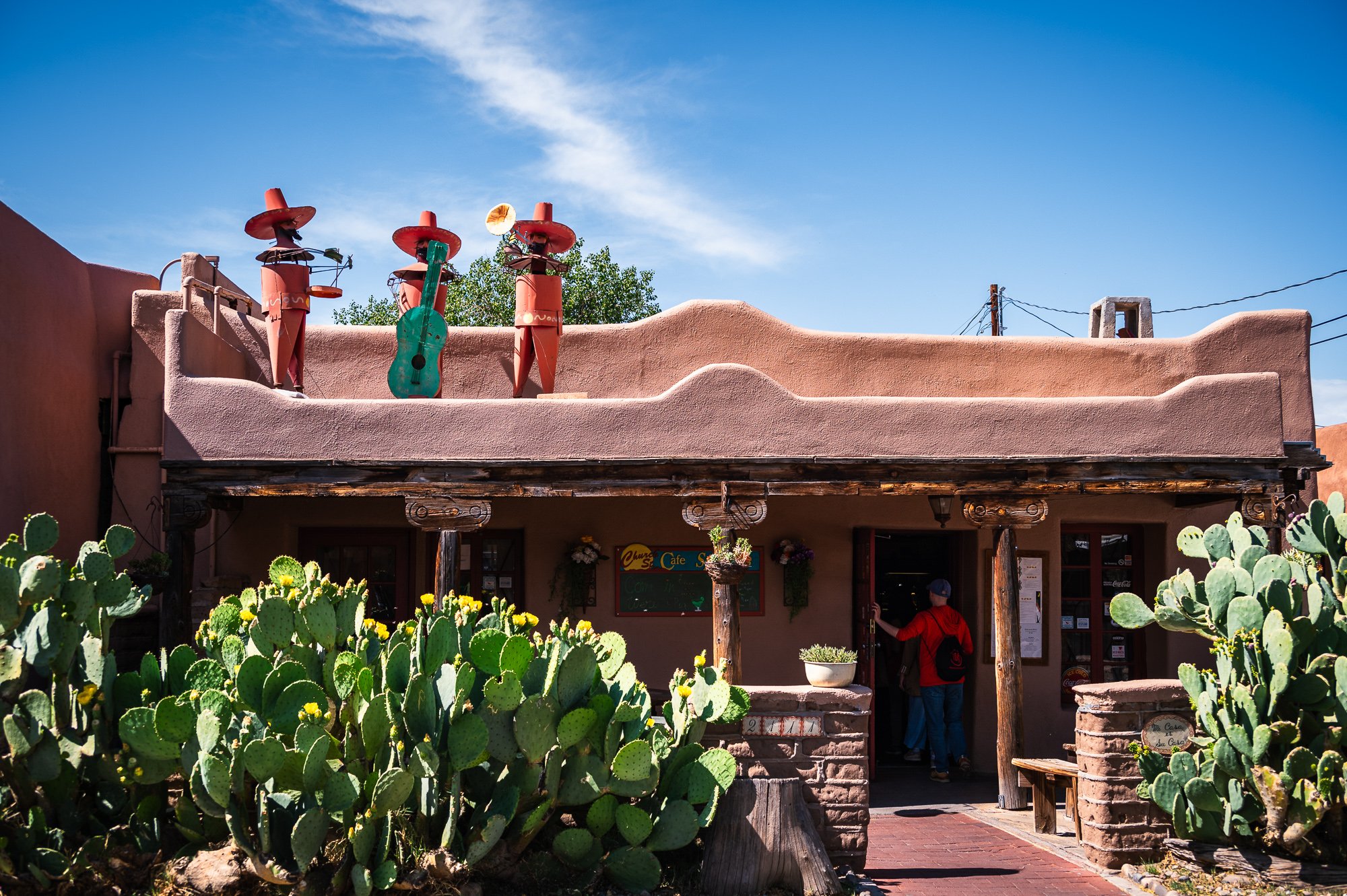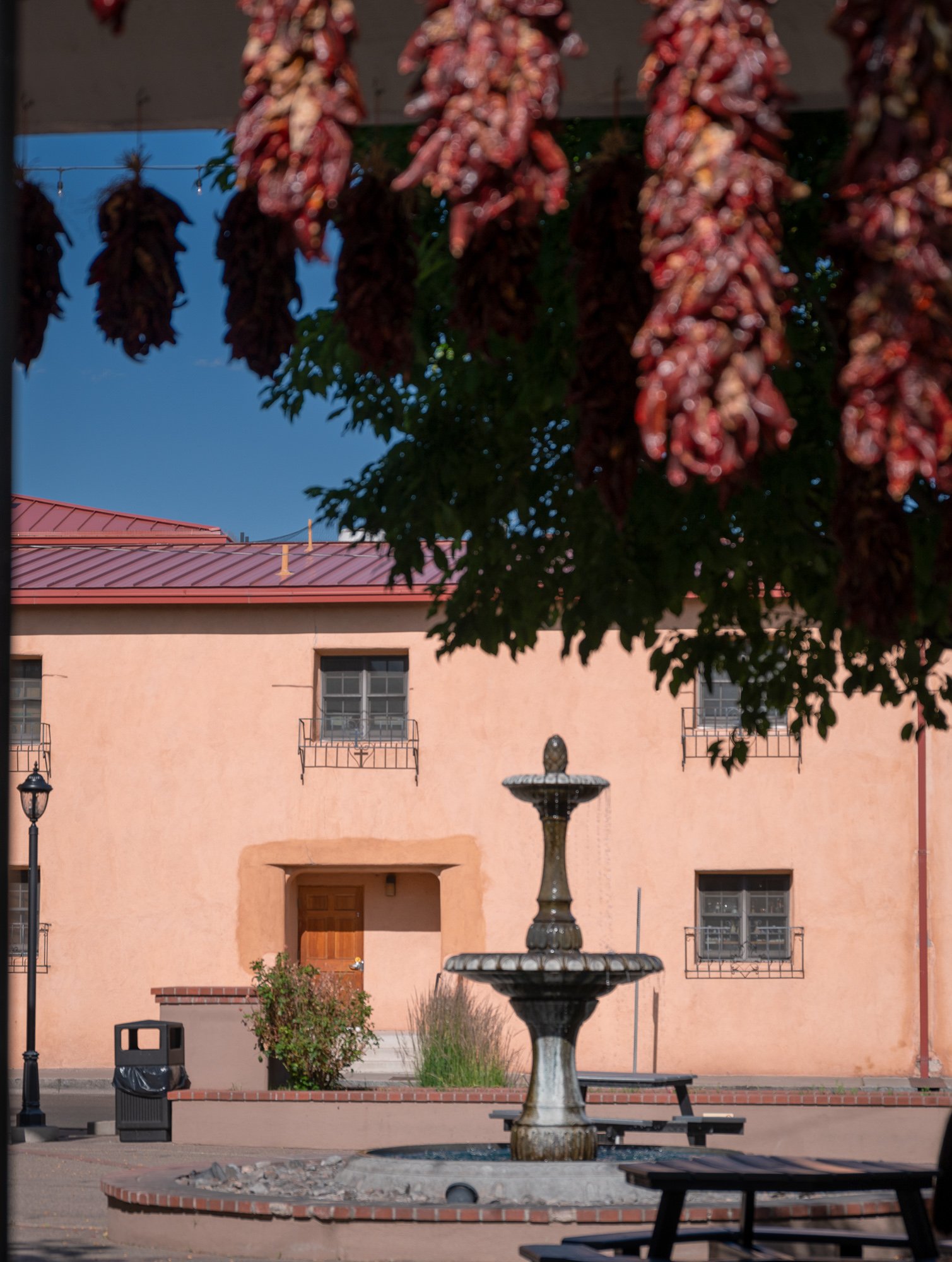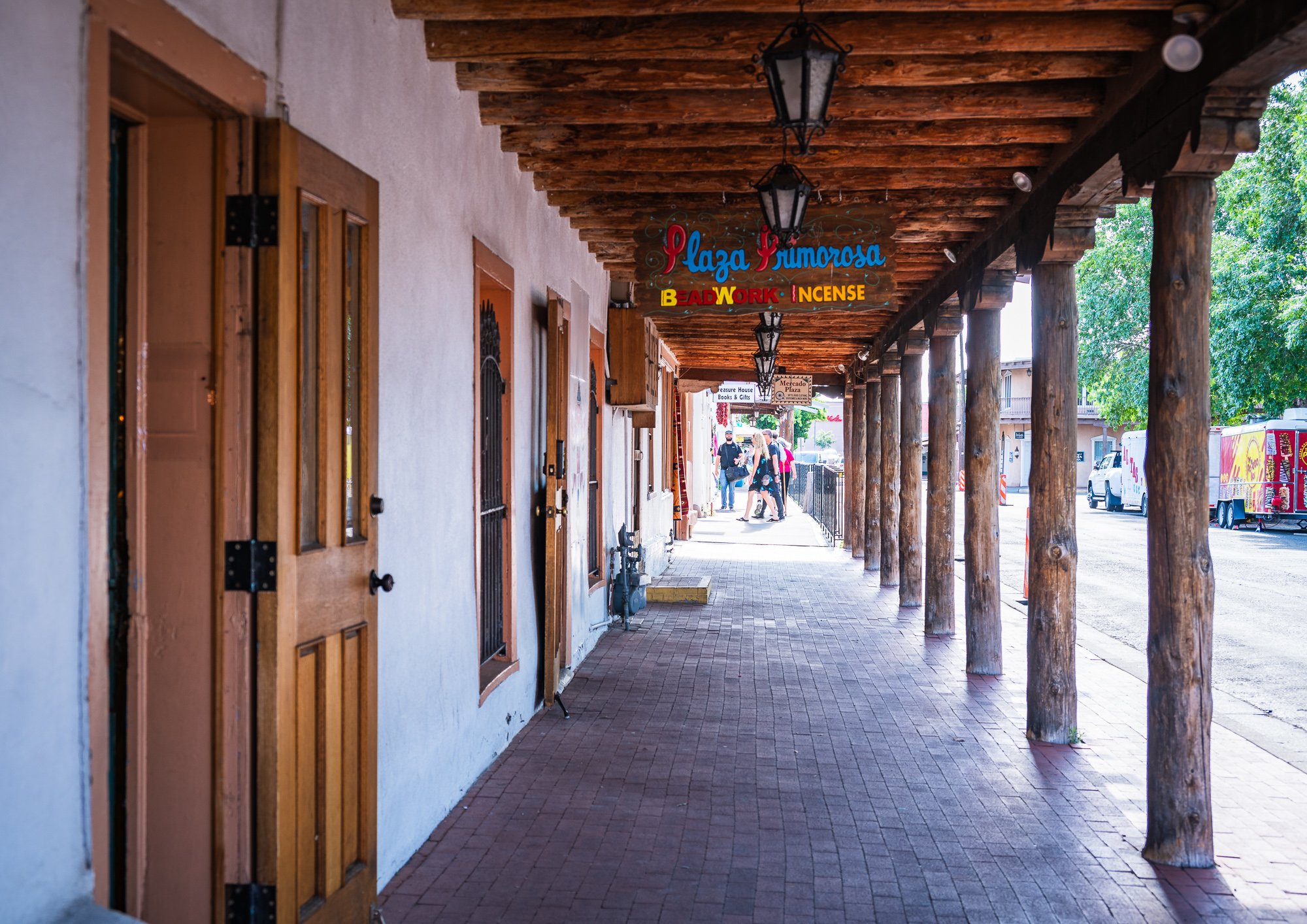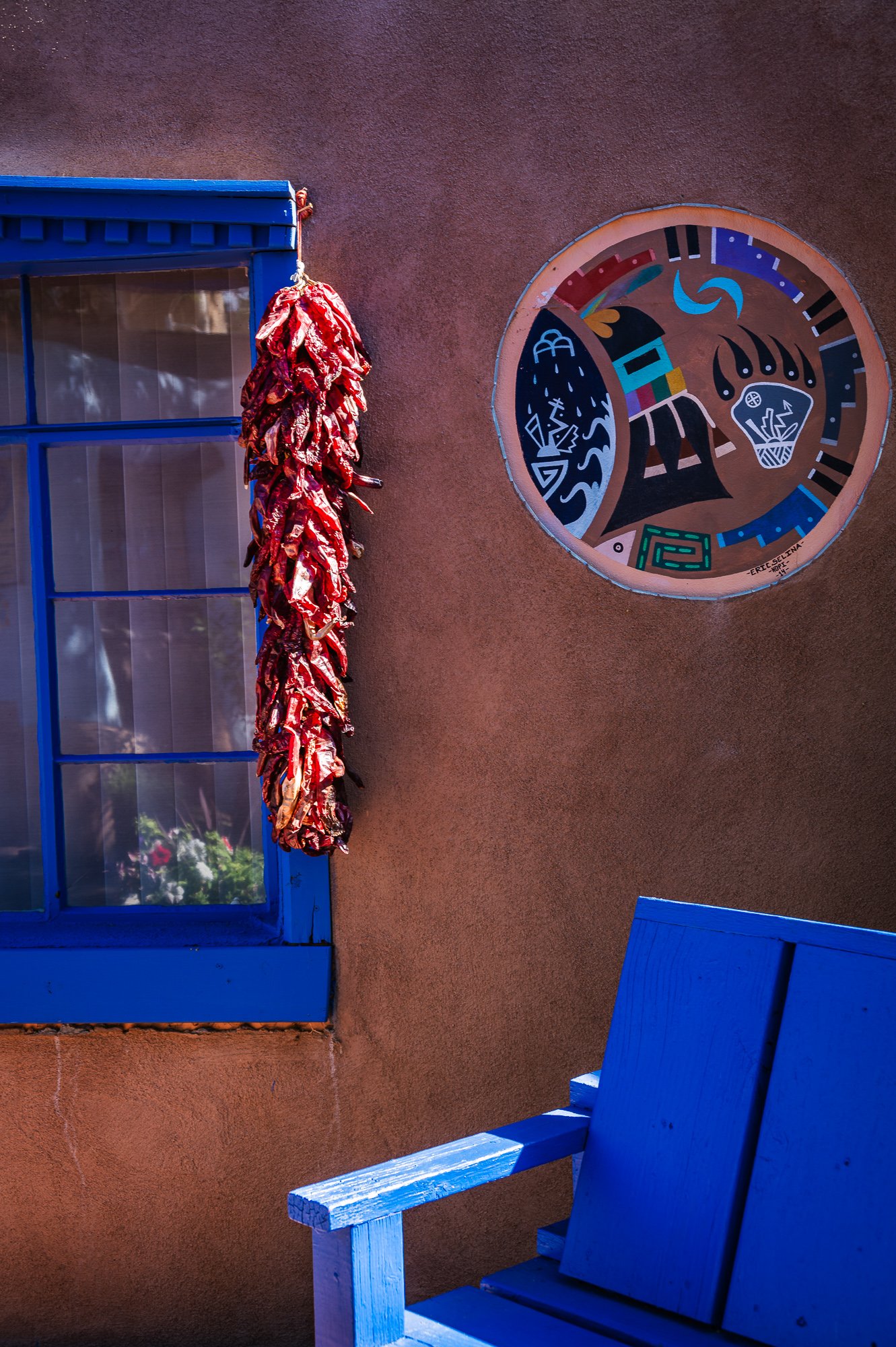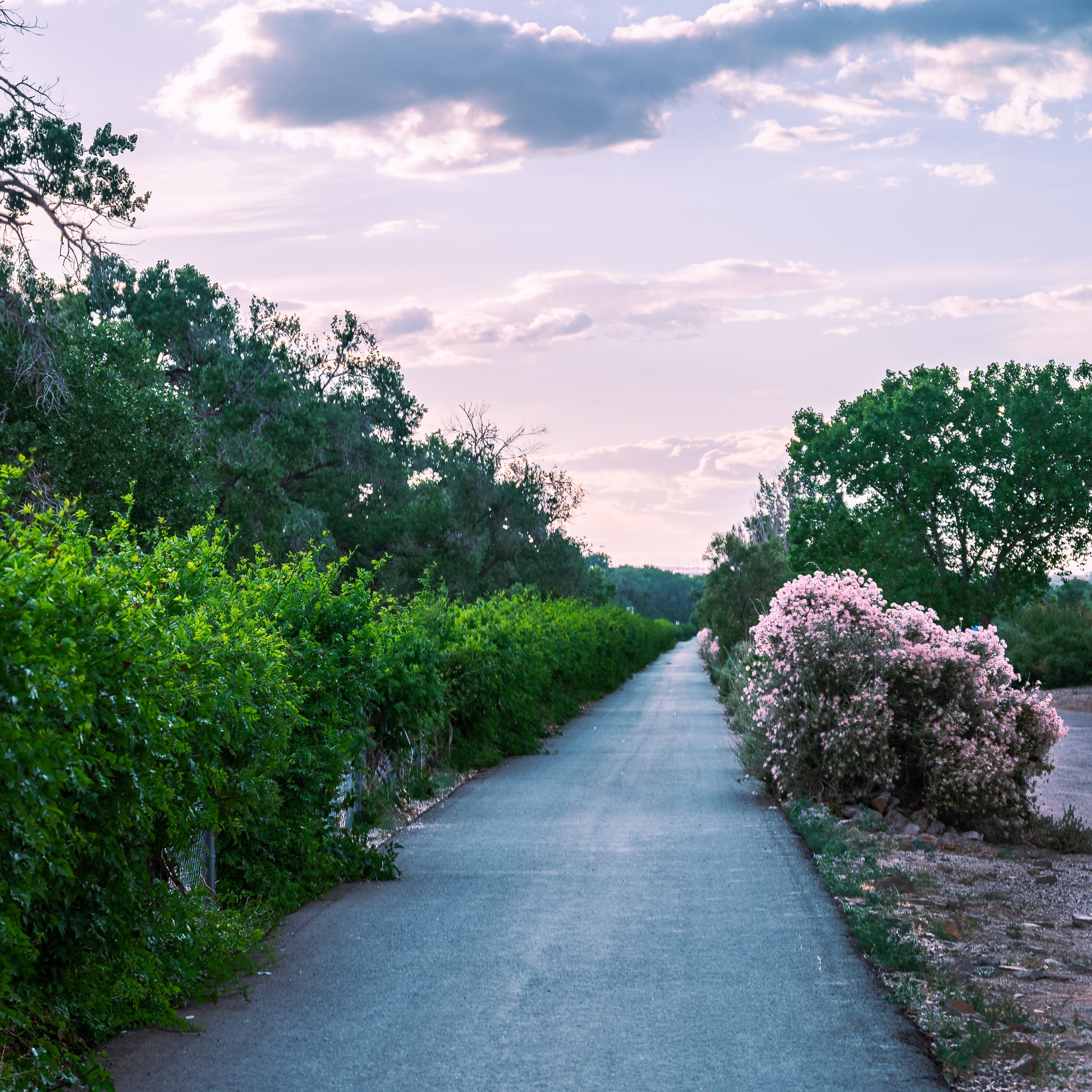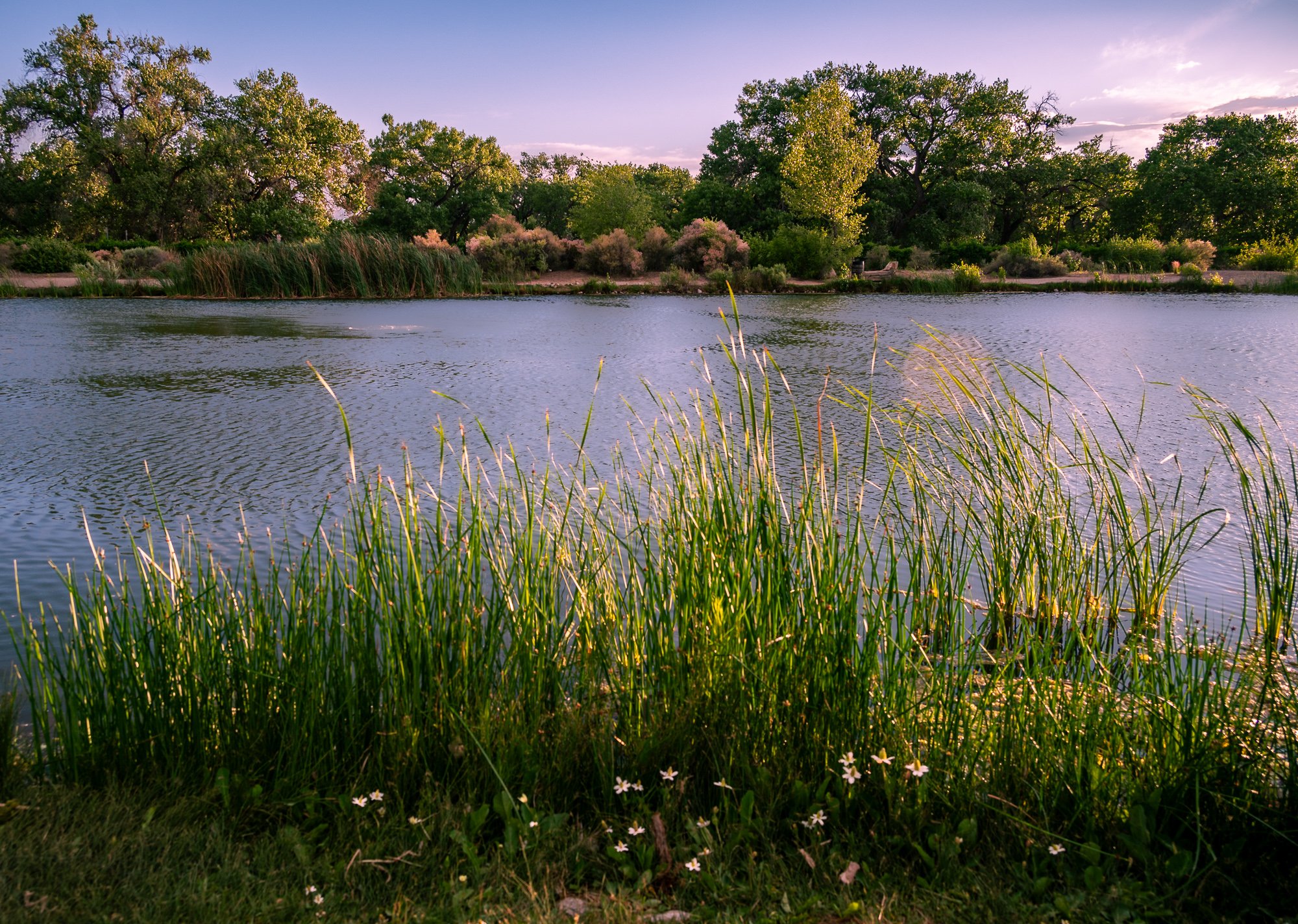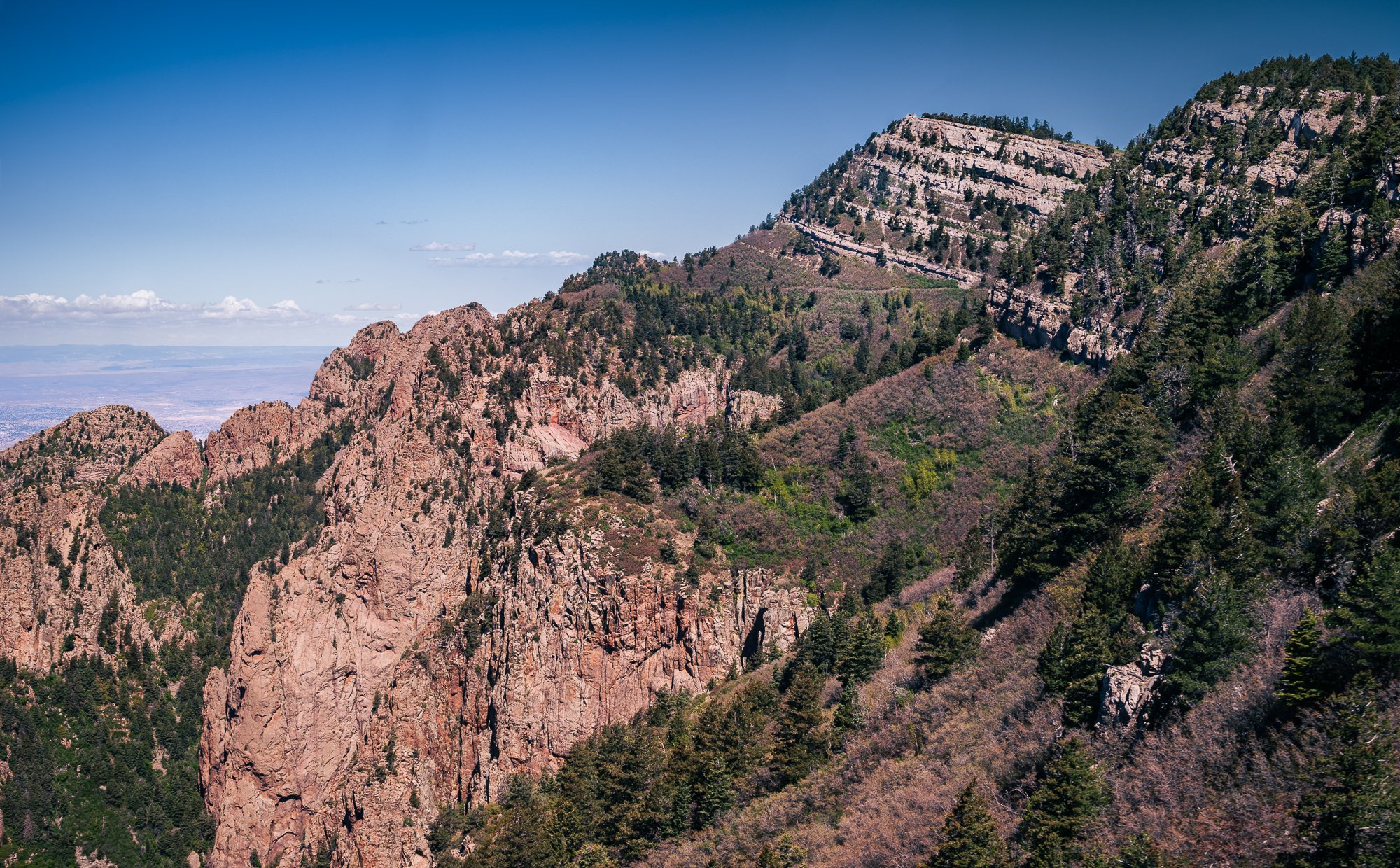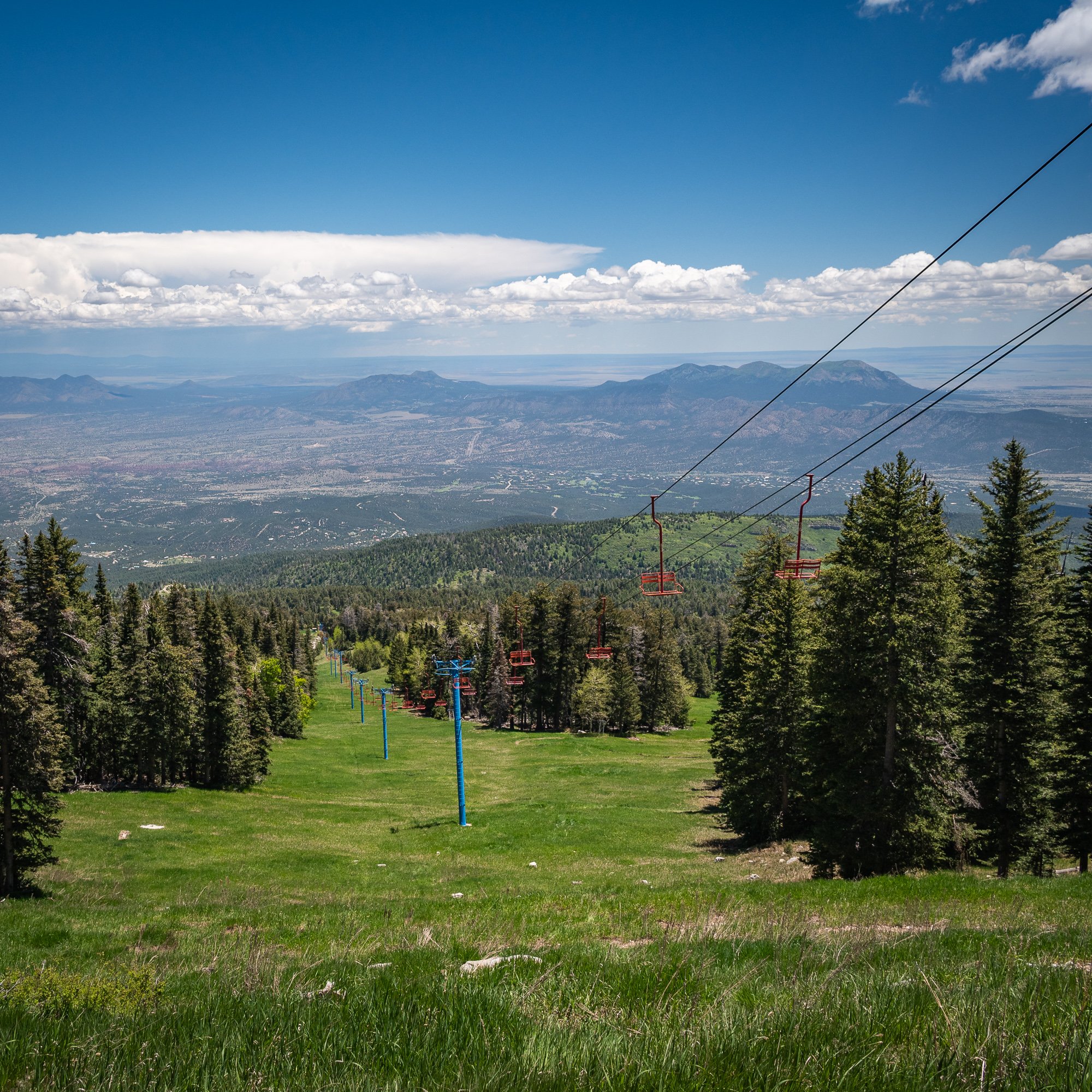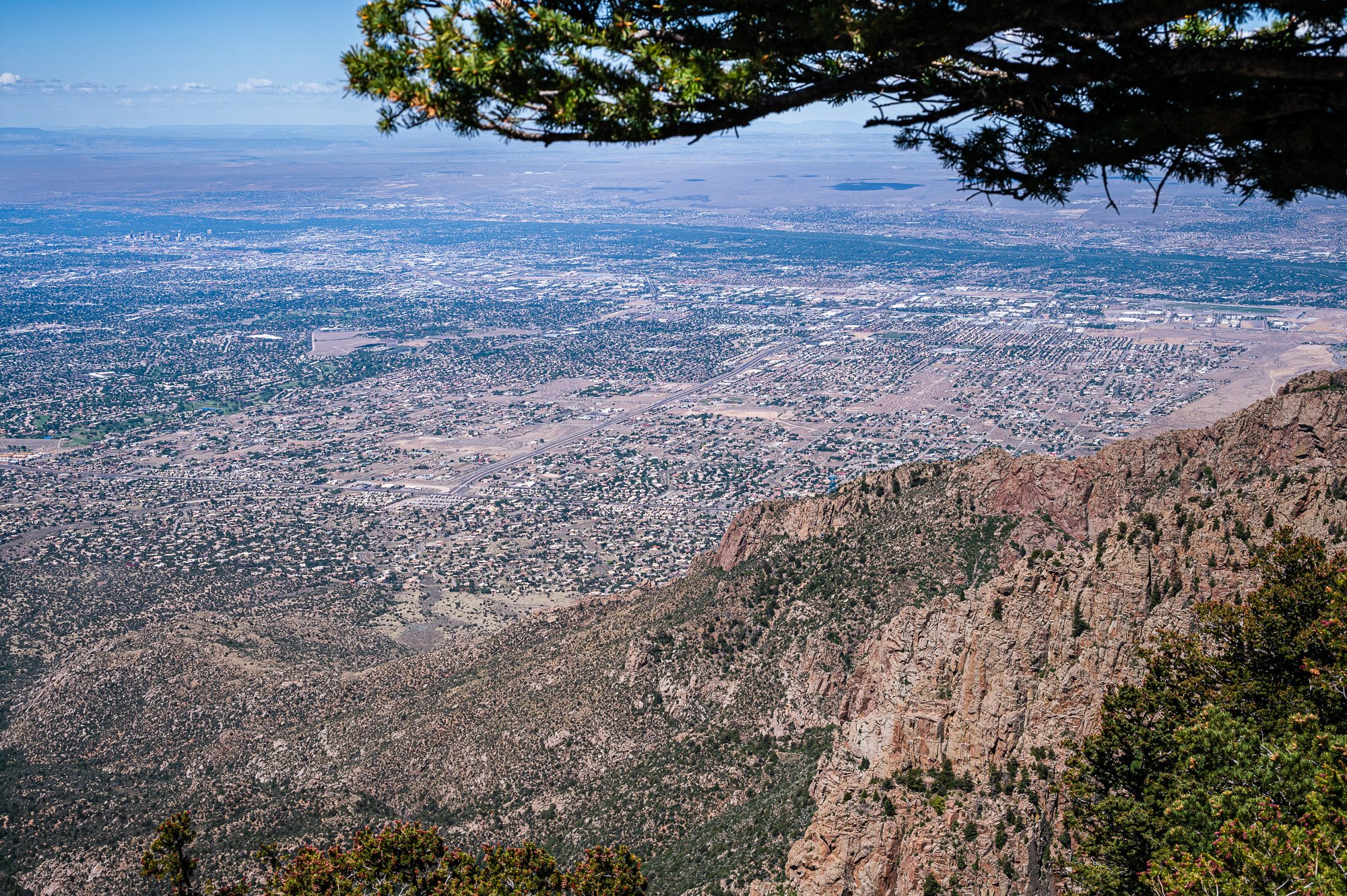New Mexico 9-day Road Trip
May 26 - June 3, 2023
Sits visited: Albuquerque, Albuquerque, Santa Fe, Taos, White Sand National Park, Carlsbad, Carlsbad National Park, Guadalupe Mountains National Park, Petroglyph National Monument
Day 0 , May 25, 2023: flight to Albuquerque
Day 1 , May 26, 2023: Bandolier National Monument, Valles Caldera National Preserve
Day 2, May 27, 2023: Taos: Downtown Taos Historical District, Taos Pueblo Heritage Center, Rio Grande Gorge Bridge
Day 3, May 28, 2023: Santa Fe: Downtown, museum, street
Day 4, May 29, 2023: Pecos National Historical Park, Valley of Fires, Brantley Lake State Park, Oliver Lee Memorial State Park
Day 5 May 30 2023: White Sand National Park, enroute to Carlsbad
Day 6 May 31, 2023: Carlsbad Caverns National Park, Guadalupe Mountains National park
Day 7, June 1 2023: Bitter Lake National Wildlife Refuge
Day 8, June 2, 2023: Albuquerque: Petroglyph National Monument, Rio Grande Nature Center State Park, Downtown Albuquerque
Day 9, June 3, 2023: Sandra Peak Tramway
Total distance of driving: ~1,300 miles
Map Overview
Itinerary Summary
Day 0, May 25, 2023
We flew from Atlanta to Albuquerque direct, arrived 10PM local time. Picked up the rental car and drove to Santa Fe and checked in the hotel.
Day 1, May 26, 2023
We started the first day at Santa Fe from the excursions: Santa Fe -> Bandolier National Monument -> Valles Caldera National Preserve -> White Rock -> Santa Fe. We didn’t make it to Los Alamos but you can totally add it if you have more time. As long as we have 1.5-2 extra hours, we could visit on the return trip from Valles Caldera by taking the north arm of the loop , instead of by the lower arm (NM 4) through Bandolier for Santa Fe. Remember that most of these places closes at 4 or 5PM so you have a short window in the day to visit.
Bandelier National Monument is a very unique place to visit. It offers an up-close look at prehistorical American Indian dwellings. On the way to the visitor center, you will stop at an outlook site which offers a view to the site in the canyon. You may not know what you were seeing at that time, except some orange-toned cliff rocks with holes on your right hand side. From the visitor center, there is a 1.2-mile paved Main Loop Trail that everyone walks to see the ruins of Tyuonyi Pueblo - a round pueblo built in the 1300s with 400 rooms. It was abandoned by the time Spanish explorers arrived late in the 16th century. the trail continues to a series of cliff dwellings, a few of which offers ladders so that you can climb to have a closer look.
After descending, the elder in the family returned to the visitor center via a shandy nature trail. Me and kids went further by a side trial (1-mile round trip) to Alcove House, which is an enlarged natural cave 150-foot above the canyon floor. it is accessible by a series of ladders and steps. We did not see any petroglyphs though. The petroglyphs are designs chipped into a rock surface. We didn’t go further from here, but you can explore other trials in the area too.
It was a short drive to Valles Caldera National Preserve. We knew we were there as a wide meadow rimed by small hills emerged on your right side of the road. The caldera was created some 1.25 million years ago by a super volcano eruptions. Scientists say that eruptions released 16 times the material that spewed from Mt. St. Helens when it erupted in 1980. This nearly 89,000-acre preserve has forests, meadows, peaks, valleys, and wildlife, including more than 5,000 elks. Used to be a private ranch, the area was purchased by the federal government in 2000 and part of the National Park Service in 2015.
We entered the caldera by turning from NM 4 through the entrance onto a park road. We could only drive about 2 miles in, to the Valle Grande Entrance Station I think. Then the road closed from there. The park has 54 miles of hiking and biking trails, which we didn’t have the luxury of time to enjoy any of those this time. We did see elks, and tons of prairie dogs on the side of the road running in and out of their holes. From there we drove a little further along the scenic road to the Battleship Rock then started our way back.
We stopped at the White Rock, which is a structure several steps away from the NM 4 that gives a good view of the White Rock Canyon. The rocks are not white by the way, not sure where does the name come from. There are several trails around in various distances, such as White Rock Canyon Rim Trail, Blue Dot Trail, Red Dot Trail, and River Trail. This must be a place not to be missed during the foliage season.
Day 2, May 27, 2023
Taos: We drove from Santa Fe to Downtown Taos Historical District via NM 68. Before arriving at downtown, we stopped by San Francisco de Asia Church. The town is small but surprisingly artsy and exciting. We can spend tons of time here to go through gallery after gallery of all styles and genre.
Our next stop was Taos Pueblo Heritage Center right outside of the town. Among New Mexico’s 19 pueblos, Taos is the only living National American community, designated both a World Heirtage Site and a National Historical Landmark. Layout wise, you will pass San Geronimo Chapel shortly after you enter. A river called “Red Willow River” cuts the area in two sides, each of which has a multi-story adobe structure that has been home to Taos Pueblo’s since before Spanish explorers found this continent. The bigger structure on the same side that we came in is the the largest multistory pueblo in existence, and is also the most filed or painted one. Taos is still home to about 150 “Tiwa”, that’s how the people call themselves. They still maintain their own language and cultural, though not all of them live in the pueblo the whole time, according to our tour guide who herself is a Tiwa. The old chapel ruin at the back of the pueblos witnessed the tragic history of slavering, massacre, and Native American’s revolt back then.
Not far is the magnificent 1,272-foot-long, and one of the America’s highest Rio Grande Gorge Bridge. We drove to the other side, then hiked half way on the bridge to enjoy the view of the Rio Grande.
From there, we tried to cross Rio Grade again through John Don Bridge, a few miles north near Black Rock Hot Springs, to return to Santa Fe. But only found out when we were on top of the canyon with the bridge insight that the road was closed. So we took 285 back to Santa Fe. But we enjoyed the scenery and glimpse of some of the Earthship homes from road.
Day 3, May 28, 2023
This is the day that doesn’t involve much driving., as all activities are in the city. We started by visiting San Miguel Chapel, that was orginally constructed around 1610, and is believed to be the oldest active church in U.S. Unfortunately we were not able to go inside.
Several small blocks away is the Loretto Chapel, which is privately run with a $5 admission. This Gothic church was built for the Sisters of Loretto between 1873 and 1878. The spiral staircase is an engineering masterpiece - two full 360-degree turns built with wooden pegs.
Next is the grandest church of the own - The Cathedral Basilica of St. Francis of Assis, located in the heart of Downtown, just a block east of the plaza. Designed in French style, the cathedral was elected to Basilica status in 2005. Sena Plaza is on the north side of the Cathedral, and Institute of American Indian Arts (IAIA) Museum of Contemporary Native Arts (MoCNA) is on the west side with painted pillars on both sides of entrance. Further west is the Santa Fe Plaza, surrounded by the Palace of the Governors, New Mexico Museum of Arts, and shops, galleries and restaurants. A few Native American performers are showing the traditional dances in the park. We visited the New Mexico History Museum at the back of the Palace of the Governs. Part of the museum is the palace, and you can enter some of the rooms with galleries on the wall telling stories of the palace and its residents in the past. We walked to the New Mexico StateCapital - the only entirely round capital building in the U.S. Inside the building there is a 500-piece art collection by New Mexico artists on permanent display. However it was a weekend so we couldn’t go inside, so not much to see except the Roundhouse and the gardens and status surrounding the Roundhouse.
Afterwards, we planned to visit Georgia O’Keeffe Museum late afternoon, but the museum reached its full capacity of that day. As an alternative, we drove about 10 minutes to the Museum of International Folk Art located southeast outskirt, and it was surprisingly interesting. Plan at least an hour here to enjoy arts from all over the world and feel connected. Museum of Indian Arts & Culture, and Santa Fe Botanic Garden are next door, in this area I think is called Museum Hill.
Then we headed to Santa Fe Railyard Arts District. Like many cities, this is a project to revive some of the old warehouse and structures by converting them into shops, bars, and entertainment venue. Our last stop of the day is the Canyon Road, which is a street featuring 100+ art galleries, studios, outdoor arts, and restaurants.
Day 4, May 29, 2023
Valley of Fires
Oliver Lee Memorial State Park
Day 5, May 30, 2023
Brantley Lake Sate Park
Day 6, May 31, 2023
Guadalupe Mountain National Park
Day 7, June 1, 2023
Bitter Lake National Wildlife Refuge is truly an oasis in the desert. Watch in awe of more than 26,000 sandhill cranes during fall migration or one of more than 100 species of dragonflies and damselflies dancing in the air.
Located where the Chihuahuan Desert meets the Southern Plains in southeast New Mexico, Bitter Lake National Wildlife Refuge is one of the most biologically significant wetland areas of the Pecos River watershed system. Established in 1937 to provide wintering habitat for migratory birds, the 24,563-acre refuge plays a crucial role in the conservation of wetlands in the southwestern desert. The unusually diverse wetlands combined with its gypsum karst topography support a variety of plant and animal communities that thrive on the refuge. The native grasslands, vegetated sand dunes, brushy bottomlands, and red-rimmed plateaus provide a sharp contrast to the wetlands of Bitter Lake. Bitter Lake National Wildlife Refuge is an oasis in the desert.
Bitter Lake is an ecological crossroad where the Chihuahuan Desert meets short grass prairie, the Pecos River, and the Roswell Artesian Basin. The blending of these different ecological conditions has created some unusual biological conditions. Here you will find wetland-dependent species interacting with desert creatures.
More than 100 species of dragonflies and damselflies (odonates) have been documented on the refuge. The refuge is home to what is considered one of the most diverse populations of odonates in North America. Most of the dragonflies can be seen during the summer months, flitting about and dipping their eggs into the water.
Reference: U.S. Fish & Wildlife Service - Bitter Lake
Visiting Bitter Lake was not part of our original plan but we had two hours to kill before hitting Albuquerque from Carlsbad during the day, so Bitter Lake seemed to be a good choice given its vicinity to the main road. It didn’t disappoint at all.
We parked and stopped at the Visitor Center first, which was nicely built and informative. We toured the exhibition area and watched a 20-minute movie, mainly talking about dragonflies. The geography of this place is very interesting as it has a huge underground reservoir in the middle of the desert. Because of the water supply and its ecosystem in the middle of dry land, many species of birds would make this as a stop during their migration in the fall/winter time.
We drove a loop around the lake. Half way of the loop, in the northeast corner of the area, there was the Oxbow Trail (2.3 mi, easy). We didn’t go for the 0.3 mi short Butterfly Trail due to time. The trail was easy, but could get real muddy and became unworkable. We saw a coyote in the bush, and he/she stared back at us. We also noticed a Killdeer calling out loud and showing off her bright orange tail feather not far from the trail. The middle point was approximately where we saw Pecos River, which was rusty red colored and not that wide. We looped back along the other side of the river. There were a lot of mosquitos, so try to cover up your skin.
I would say fall is probably a better season to visit because there will be more birds in migration including sandhill cranes..
https://www.alltrails.com/trail/us/new-mexico/oxbow-trail
Day 8, June 2 , 2023
This is our first stop of the day trip. We came to the visitor center first, and watched a movie about the park’s geological formation and cultural history. The visitor center has an information desk and a gift shop, but doesn’t have a theater. So we just sit under a tent in the yard and finished watching the movie, nonetheless the movie was very informative.
Due to our time limit, we only visit Boca Negra Canyon, as it is the closes to the visit center, then Piedras Marcadas Canyon, which probably more “cost-efficient” than the Rinconada Canyon based on its density of the petroglyph per mile hiked. For you to consider if you like us do not have enough time to make to both Canyons, but I could be wrong. Boca Negra Canyon is a big mount but not a difficult to climb following the well marked signs. There is also a section between the entrance and the foot of the mount to hike too. On top of the mount, if weather cooperates you will be able to see the three volcanos cones on the southwest of the park. Those volcano cones are accessible by the Volcanoes Day Use Trails. You also have a good view of the residential area stretching in between the park and the foot of the Sandia Mountain.
Piedras Marcadas Canyon is a further hike, and please remember to bring enough water with you as there is not water supply along the trail. Don’t forget that you are still in desert. If my memory is right, the area with the most dense petroglyph is #6-7 mark on the map. Half of our return trip on top of the mesa, a pleasant surprise was that we identified a Roadrunner resting on a dead tree right off the trail. Then we witnessed and captured a short shaking video (due to excitement and attempts to operate a camera for photos and iPhone for video at the same time) of it chasing after a rabbit (yes, he/she ran really fast!). Before we descent to the parking lot, we also had a nice view of Sandia Mountain which we visited the second day by Tram.
Old Town Albuquerque
Old Towne is the historic original town site. It is an area of about 0.8 square miles, with large number of restaurants, shops, and galleries, and is also home to the Albuquerque Museum of Art and History, the New Mexico Museum of Natural History and Science, the Indian Pueblo Cultural Center, and the Explore Science & Learning Museum.
At the center is Old Town Plaza, surrounded by approximately ten blocks of one- and two-story buildings. On the plaza’s north side stands San Felipe de Neri Church, a Spanish colonial church constructed in 1793. There are many historic buildings dated back 1870 and 1900, or older. On the east side of the plaza, there is the Old Town Portal Market, serving as an outlet for local artists to sell their handmade jewelry.
Oficial site: https://www.albuquerqueoldtown.com
Rio Grande Nature Center State Park
Located on the central Rio Grande flyway, Rio Grande Nature Center State Park is a 38-acre urban wildlife preserve established in 1982, and offers excellent bird watching throughout the year. About 2/3 of the park are set aside as habitat for wildlife. The remaining acreage contains a visitor’s center, two gardens, several wildlife viewing areas, an education building and a building housing the non-profit Wildlife Rescue, Inc. Visitors can observe about 250 species of birds including roadrunners and wood ducks.
The bosque, or riverside forest, features two miles of nature trails which wind through tall cottonwoods and past willow thickets and open sand flats alongside the Rio Grande. Park visitors in winter might observe Sandhill cranes at the river and porcupines in the trees. In summer lizards skitter across the trails and hummingbirds investigate flowering plants.
Rio Grande is one of the principal rivers (along with the Colorado River) in the southwest United States and in northern Mexico. The length of the Rio Grande is 1,896 miles, making it the 4th longest river in the U.S. and in North America by main Stem. It originates in south-central Colorado, and flows to the Gulf of Mexico. The Rio Grande with its fertile valley, along with its tributaries, is a vital watercourse for seven U.S. and Mexican states, and flows primarily through arid and semi-arid lands.
In New Mexico, the river flows through the Rio Grande rift from one sediment-filled basin to another, cutting canyons between the basins and supporting a fragile bosque ecosystem on its flood plain. From Albuquerque southward, the river flows through desert. Although irrigated agriculture exists throughout most of its stretch, it is particularly extensive in the subtropical Lower Rio Grande Valley.
Tingley Beach
We had dinner at Garcia’s Kitchen (1736 Central Ave SW), which is just a few minutes away from the Old Town, highly recommend. The food is delicious, not that pricy, and people there are nice. There is a huge paint on the entire outside wall of the restaurant facing parking lot, so you don’t worry about missing it. After dinner, we need a place nearby to have an easy walk before heading back to hotel, and we found it - the Tingley Beach, or at least that’s how you can locate the area. It is actually a narrow strip of man-made parks around the Rio Grande River. The city park has a large Central Pond in the middle, then 3 smaller ponds on the north and south.
Between this park and the Rio Grande River, there are hiking trails run along the river bank. One in this section is called Rio Grande Bosque and Tingley Beach Trail (1.6 mi, loop) https://www.alltrails.com/explore/trail/us/new-mexico/rio-grande-bosque-and-tingley-beach-loop. But you don’t really need to follow the trail map and there are hundreds of miles of trails along the river in the city. Some sections of the nature trails could be flooded and unaccessible though.
Day 9, June 3 , 2023
Sandia Peak Tramway
https://sandiapeak.com
In the morning of our last day of the road trip, we visited Sandia Peak Tramway, which is a must-see in Albuquerque. It is an aerial tramway stretching from the northeast edge of the city to the Sandia Peak on the ridge line of the Sandia Mountains. It has the world’s 3rd longest single span, and is the longest aerial tram in the Americas. It provides a stunning view of the whole Albuquerque city, West Mesa, and desert around the city.
The tram terminal on the peak is located at the top of the Sandia Peak Ski Area, which is on the opposite side of the mountain. There are 26 miles of mountain biking trails available. This is the link to the map in pdf provided by the Tram official website
We hiked Kiwanis Cabin via South Crest Trail (2.2 mi, easy). The Kiwanis Cabin was build with local limestone by the Civilian Conservation Corps (CCC) around 1930, and was planned by a local Kiwanis group. it used to serve as an inclement weather shelter for the trail crews who built Sandia’s 28 hiking trails that are now enjoyed by all of us.
We then hiked a little to the north but didn’t go too far as it was time to head to the airport for our return flight. You may not have good cell signal depending on the carrier, so plan ahead as much as you can.







